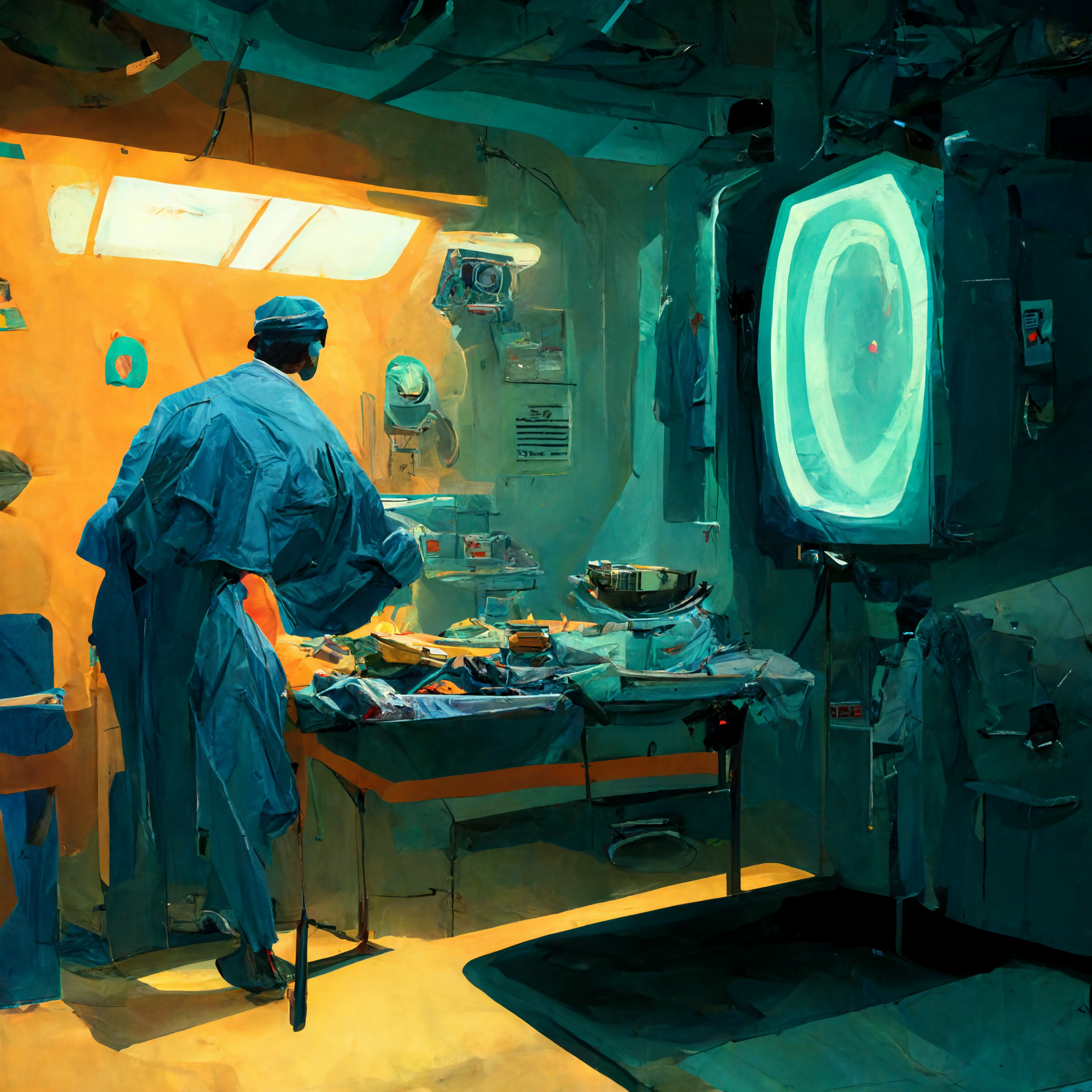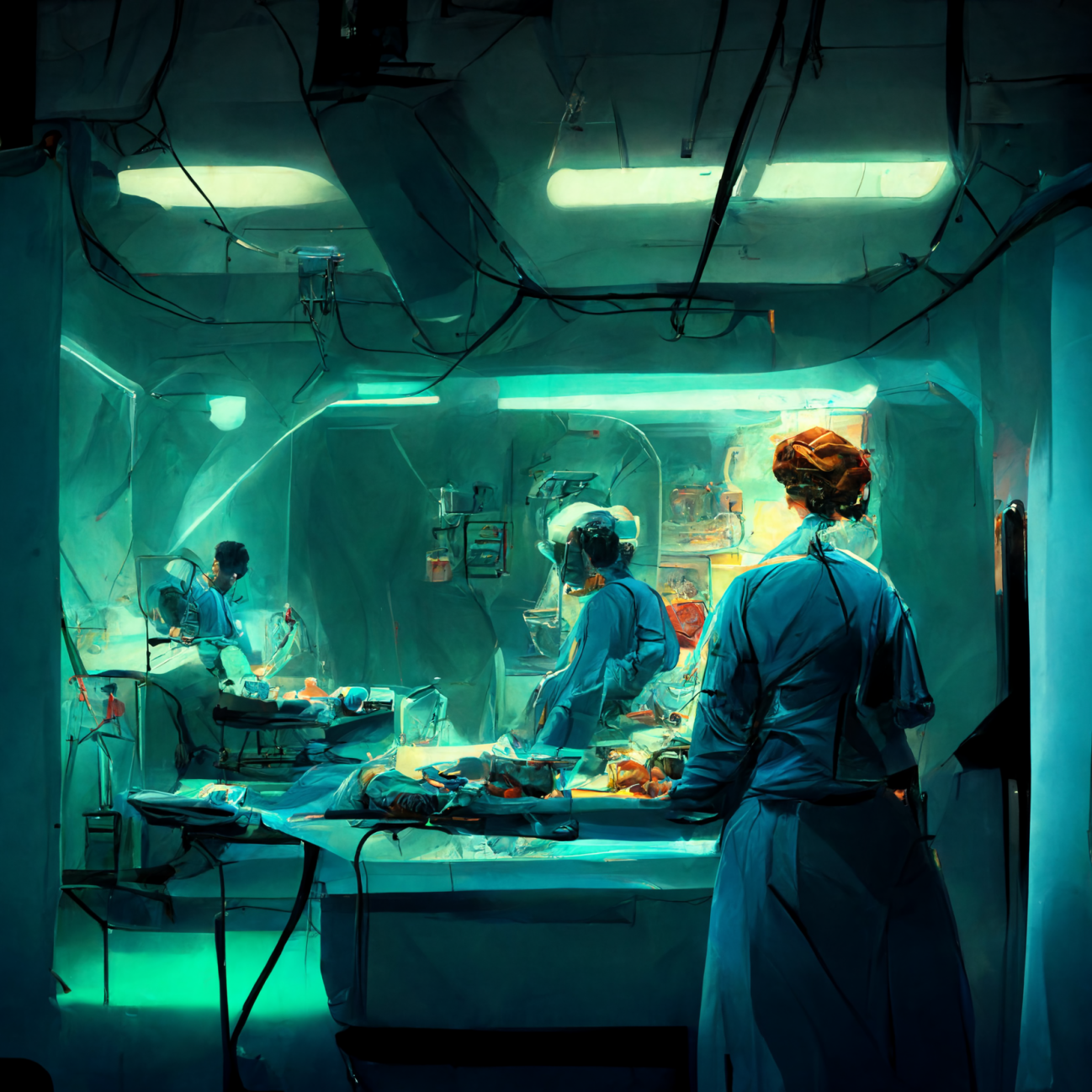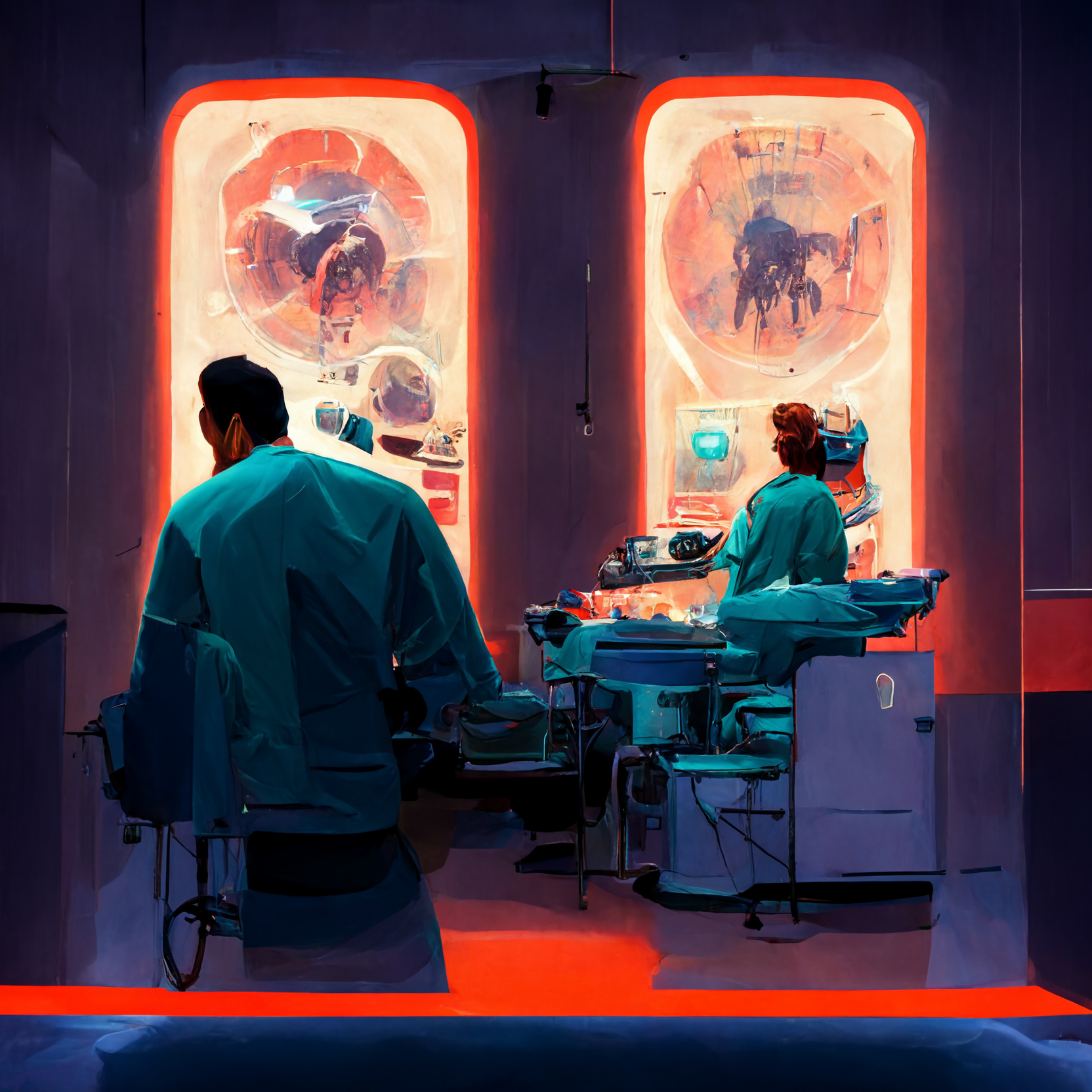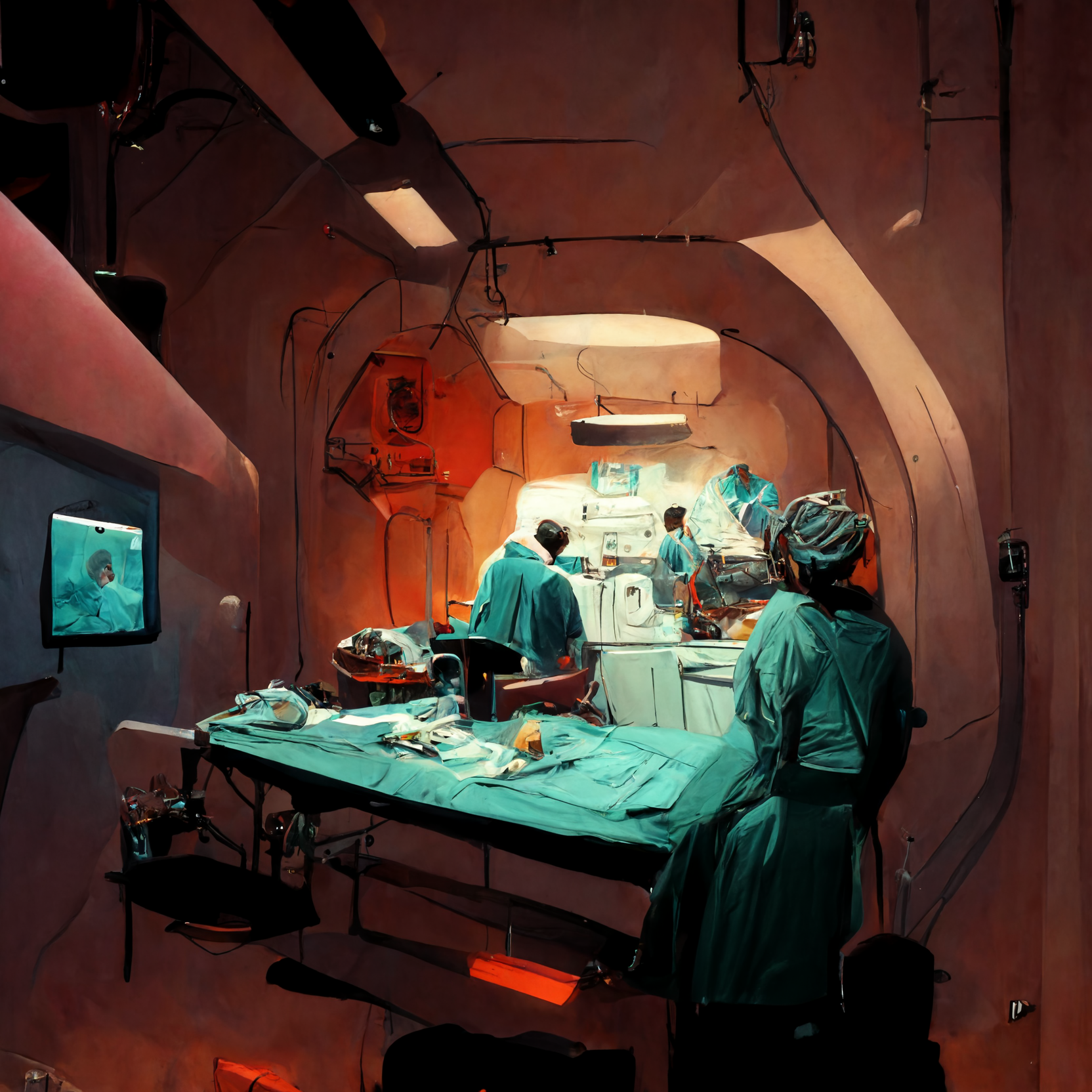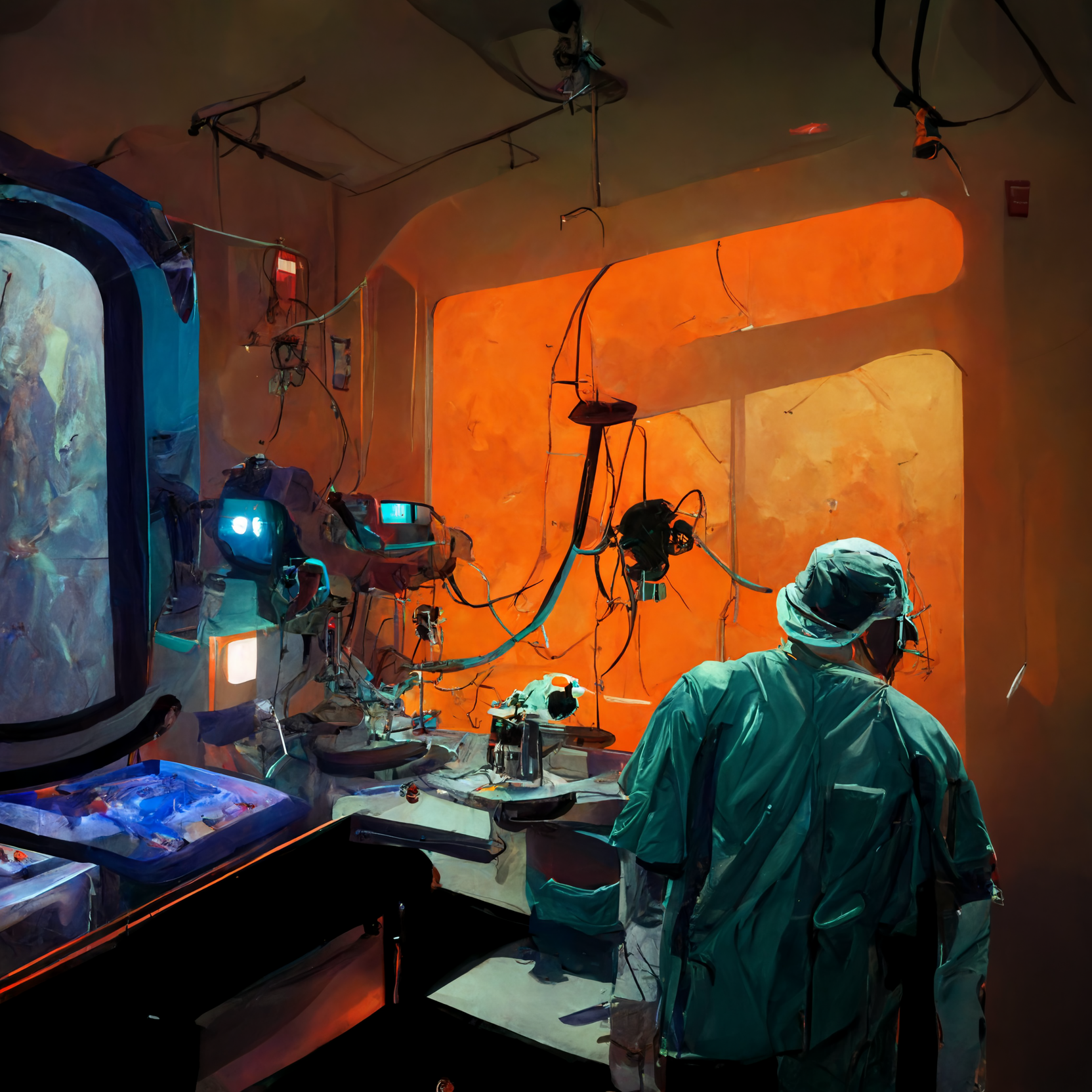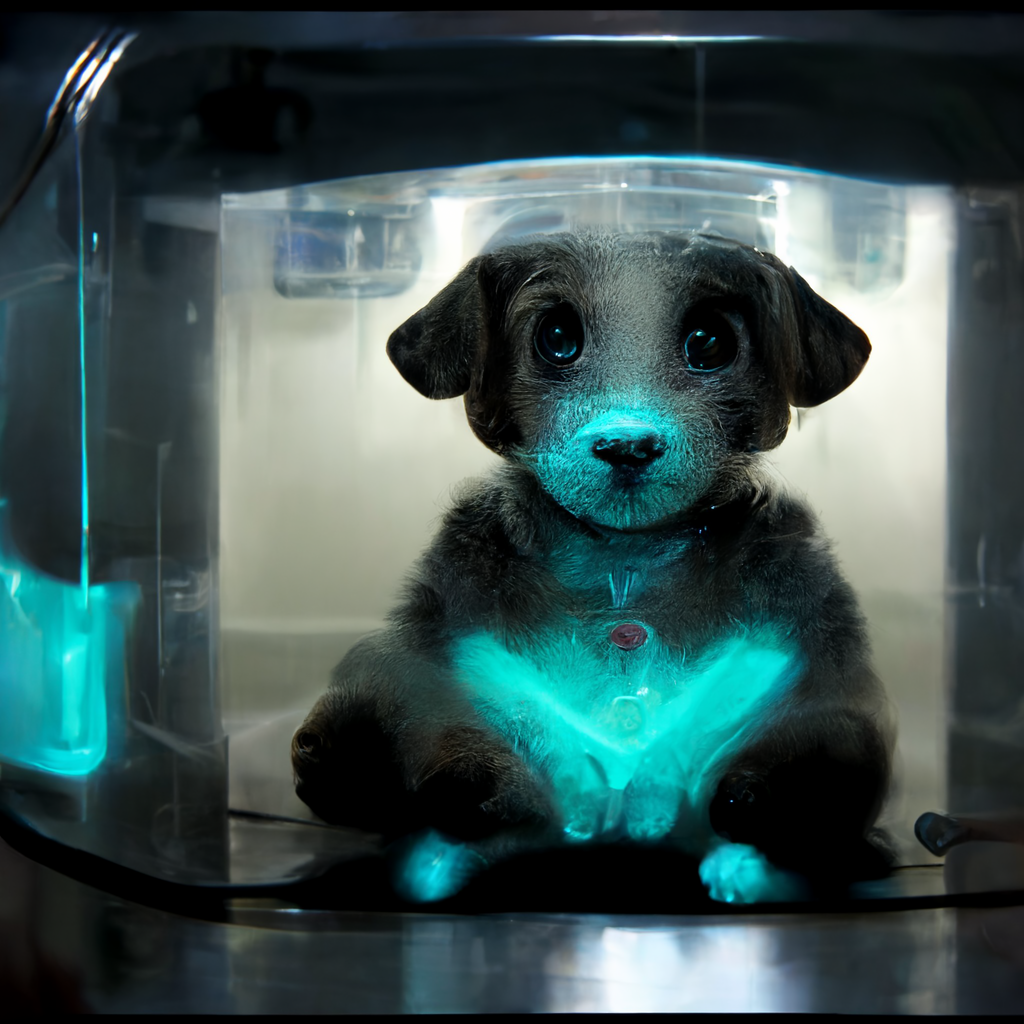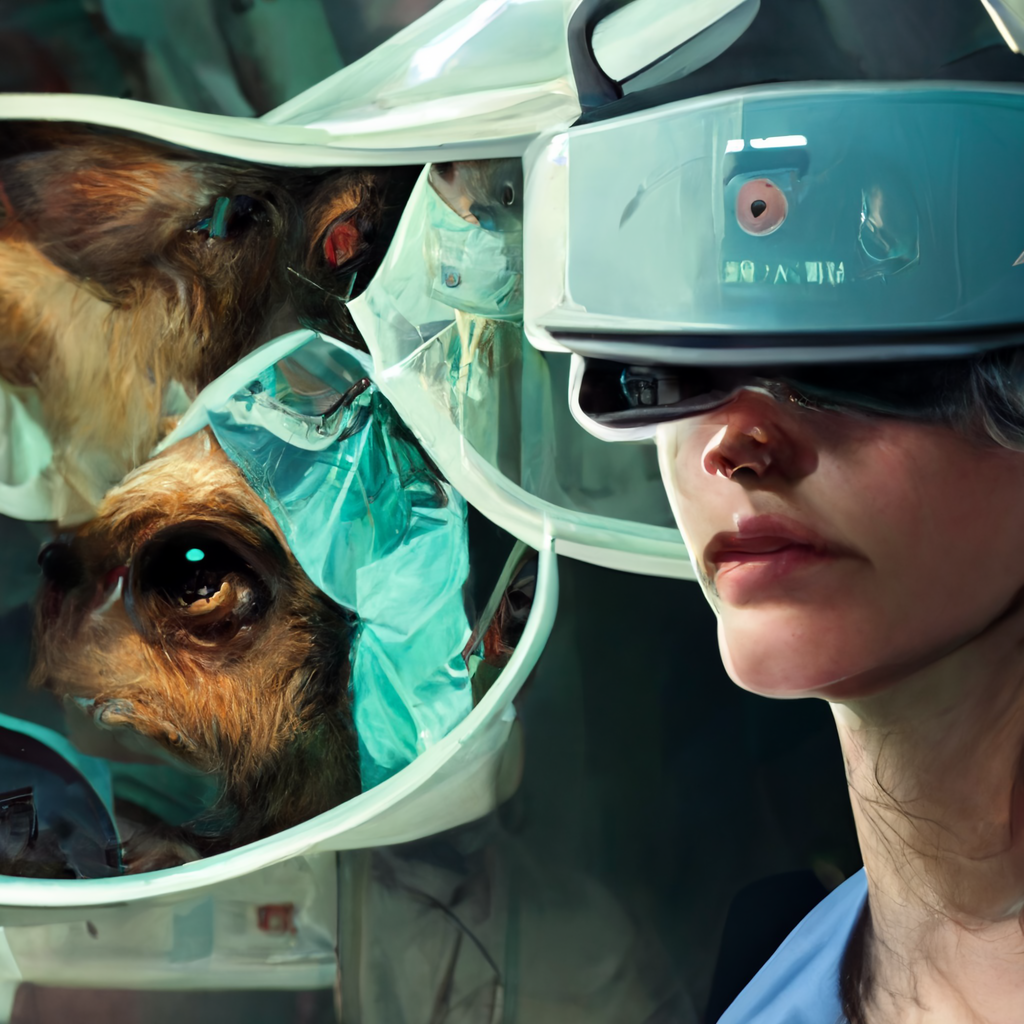"By walking off-screen, images are twisted, dilapidated, incorporated, and reshuffled. They miss their targets, misunderstand their purpose, and get shapes and colors wrong. They walk through, fall off, and fade back into screens.” - Hito Steyerl, Too Much World: Is the Internet Dead? P.4, E-Flux, 2013.
Throughout the nineteenth and twentieth centuries, labor has been at the forefront of political discourse and has been the subject of numerous revolutions. As we move into the twenty-first century, the labor landscape is set to change dramatically with the introduction of artificial intelligence and deep learning. These changes will have significant implications for our societies, cities, buildings, objects, and even our bodies. This course will focus on the impact of these changes on labor dynamics and how they will shape the world around us.
Impressionism was an art movement that emerged in Paris during the industrial revolution. They challenged traditional representation in many ways. As the city's air thickened with smoke, Monet's brushstrokes became thicker. The increasing diversity brought by trains led Cailleboe to depict everyday people in his paintings. Renoir's work, on the other hand, reflected the democratization of education through the mechanized press, as it liberated women from their traditional roles in society and utilized bold colors freshly made from factory floors.
Our mission this semester was to combine innovative techniques and provocative content to explore possible futures of labor. We were neither nihilistic nor optimistic but instead aimed to expose unspoken norms and biases we hold in our conception of labor and its future. This project seeks to leverage the power of artificial intelligence (AI) and machine learning (ML) to envision the future of labor in the upcoming years. To accomplish this goal, we employed text-to-image diffusion generators that generate visual representations of what the end of a particular career, such as a craftsman studio, may look like. We then utilized painting images to facilitate the translation of the vast possibilities of these future careers into gaming engines and AI neural transfers.
The one which I choose for the potential futures of three specific career paths: astronauts, fashion workers, and vets. These careers require a high level of knowledge and call for particle skills in various technologies. By predicting how these careers will evolve shortly, including the tools and technologies they will utilize, we can break through current limitations and expand our imaginations. Throughout this project, I was amazed and inspired by the process of envisioning the future of these careers using cutting-edge technologies such as AI, augmented reality (AR), virtual reality (VR), and other innovative tools.
The one which I choose for the potential futures of three specific career paths: astronauts, fashion workers, and vets. These careers require a high level of knowledge and call for particle skills in various technologies. By predicting how these careers will evolve shortly, including the tools and technologies they will utilize, we can break through current limitations and expand our imaginations. Throughout this project, I was amazed and inspired by the process of envisioning the future of these careers using cutting-edge technologies such as AI, augmented reality (AR), virtual reality (VR), and other innovative tools.
#art #digitalart #artwork #ai #dalle #unrealengine #neuraltransfer #datasets #midjourney #nightcafe


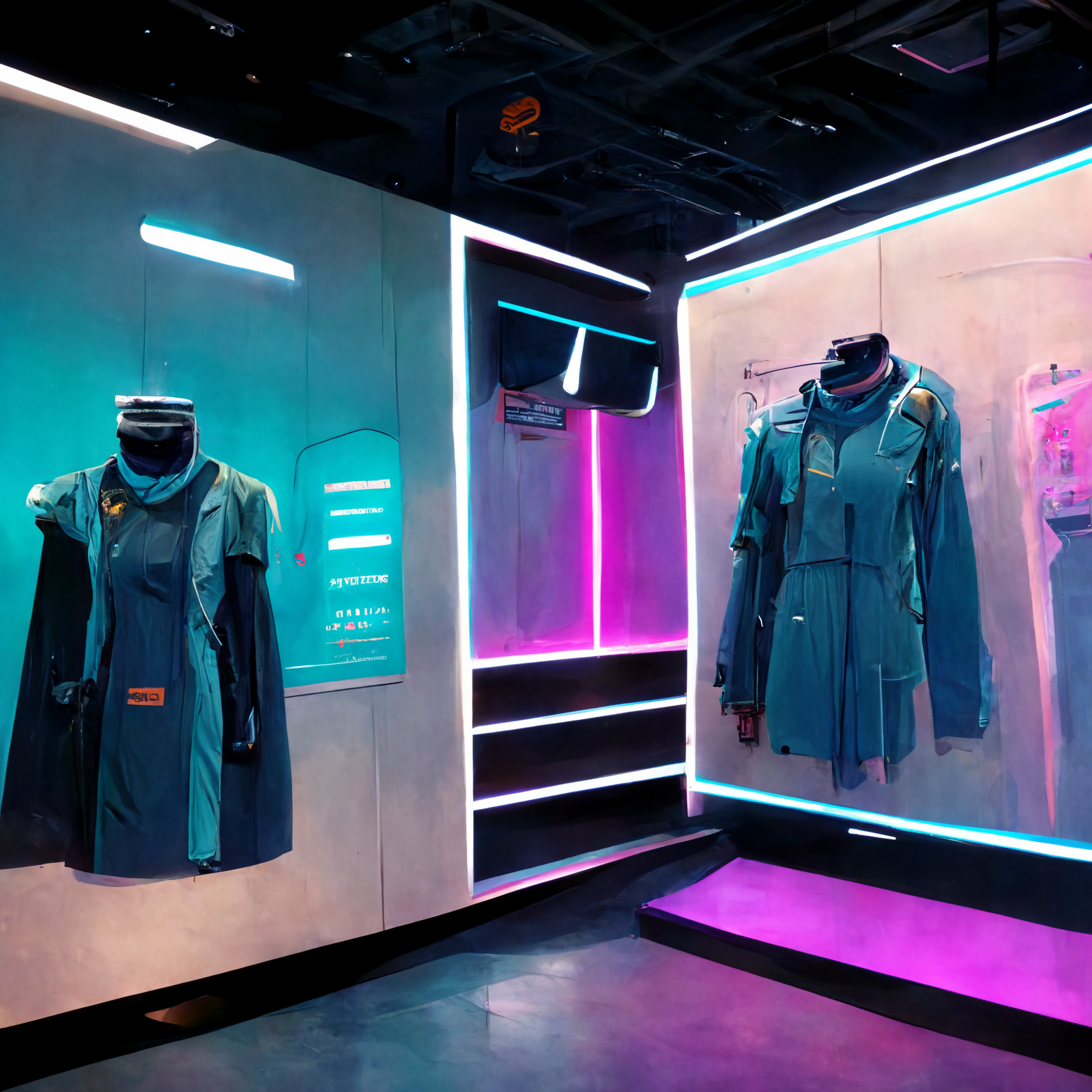
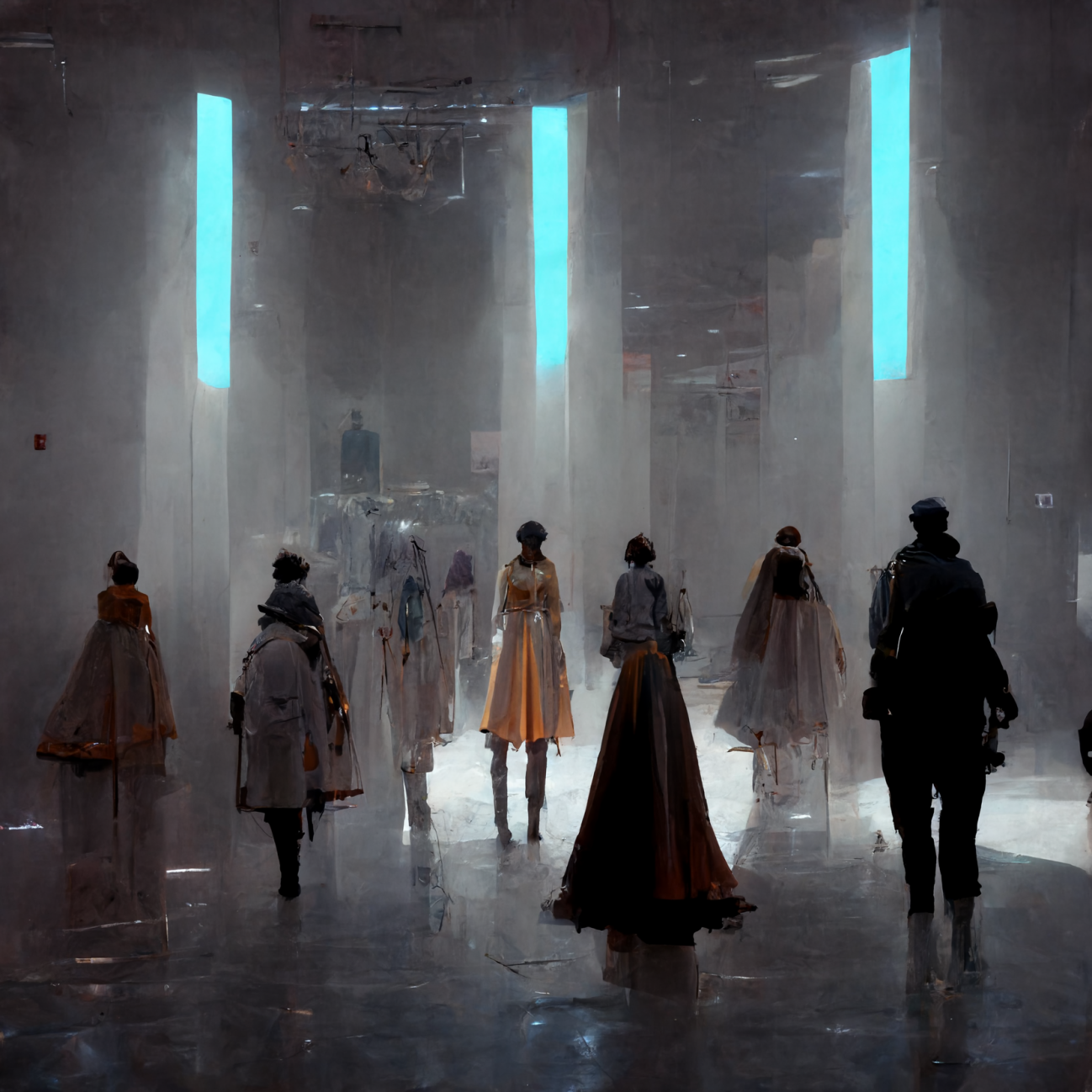





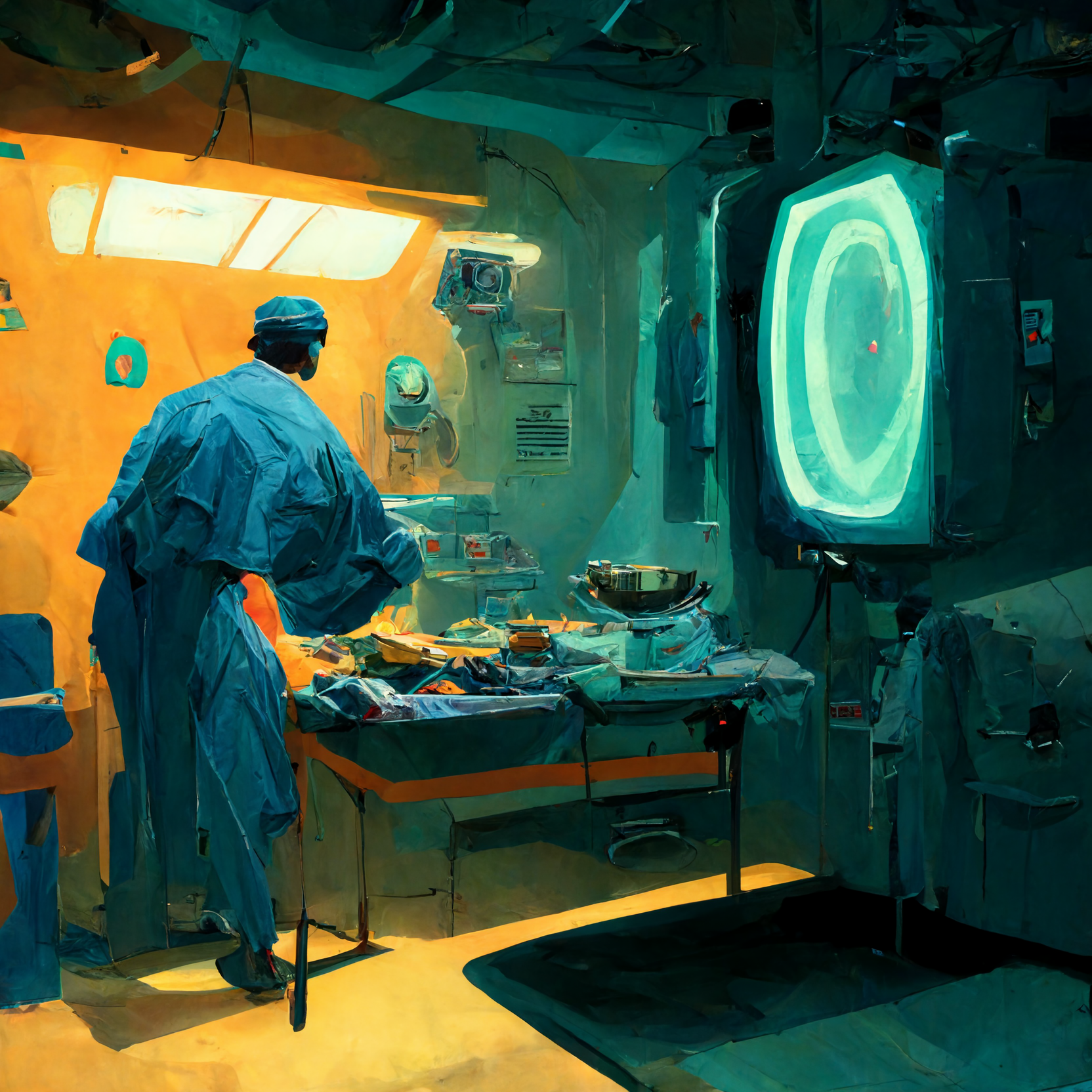
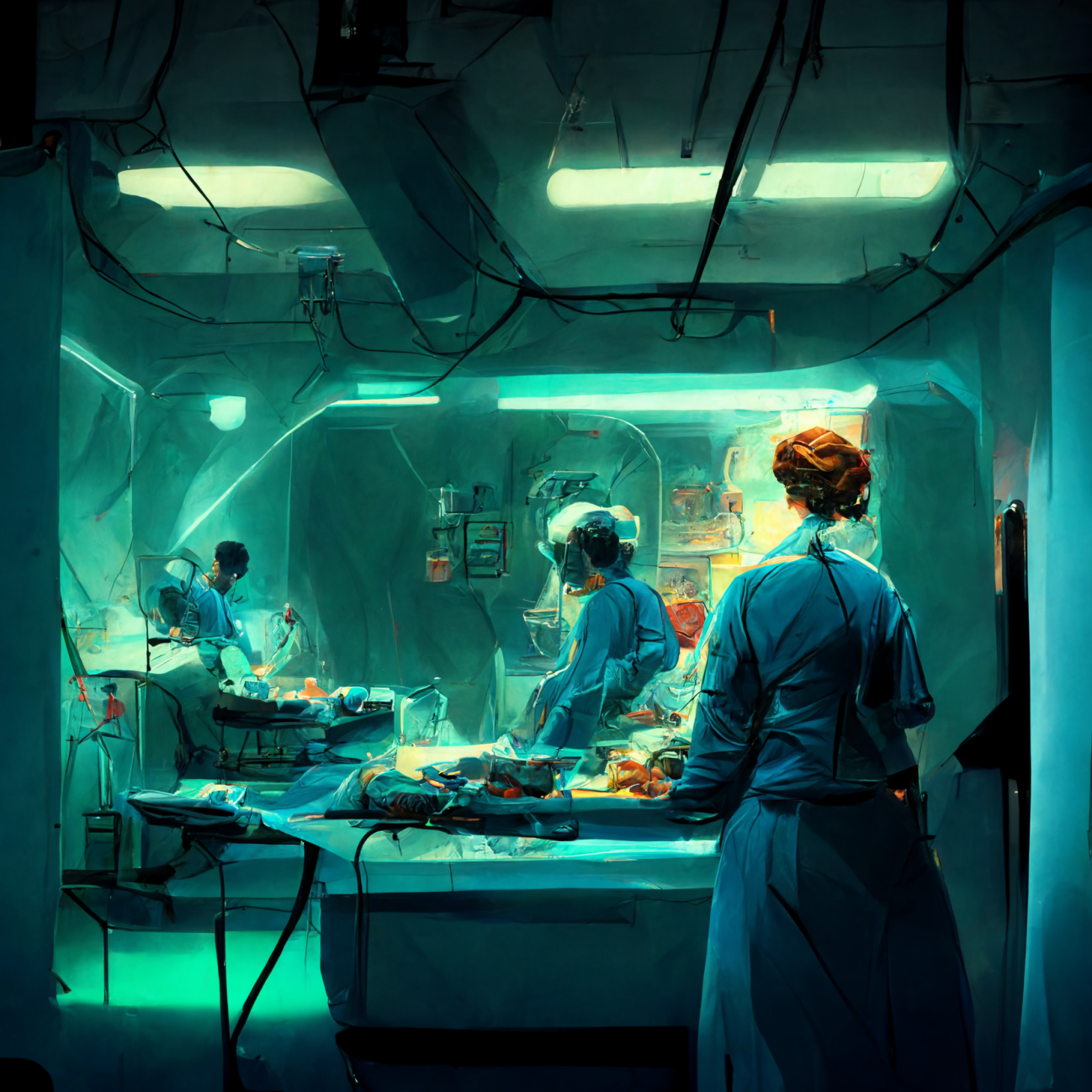
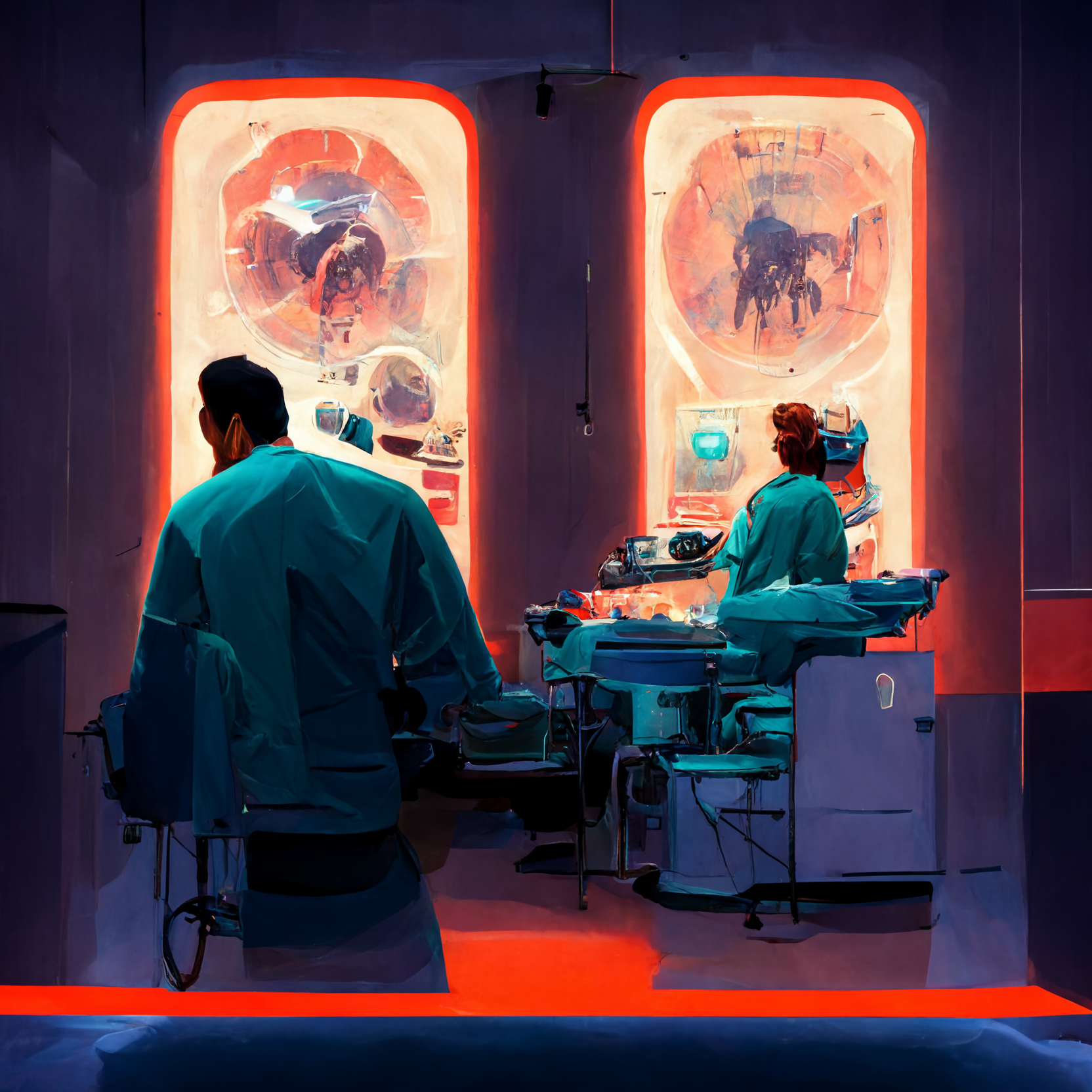
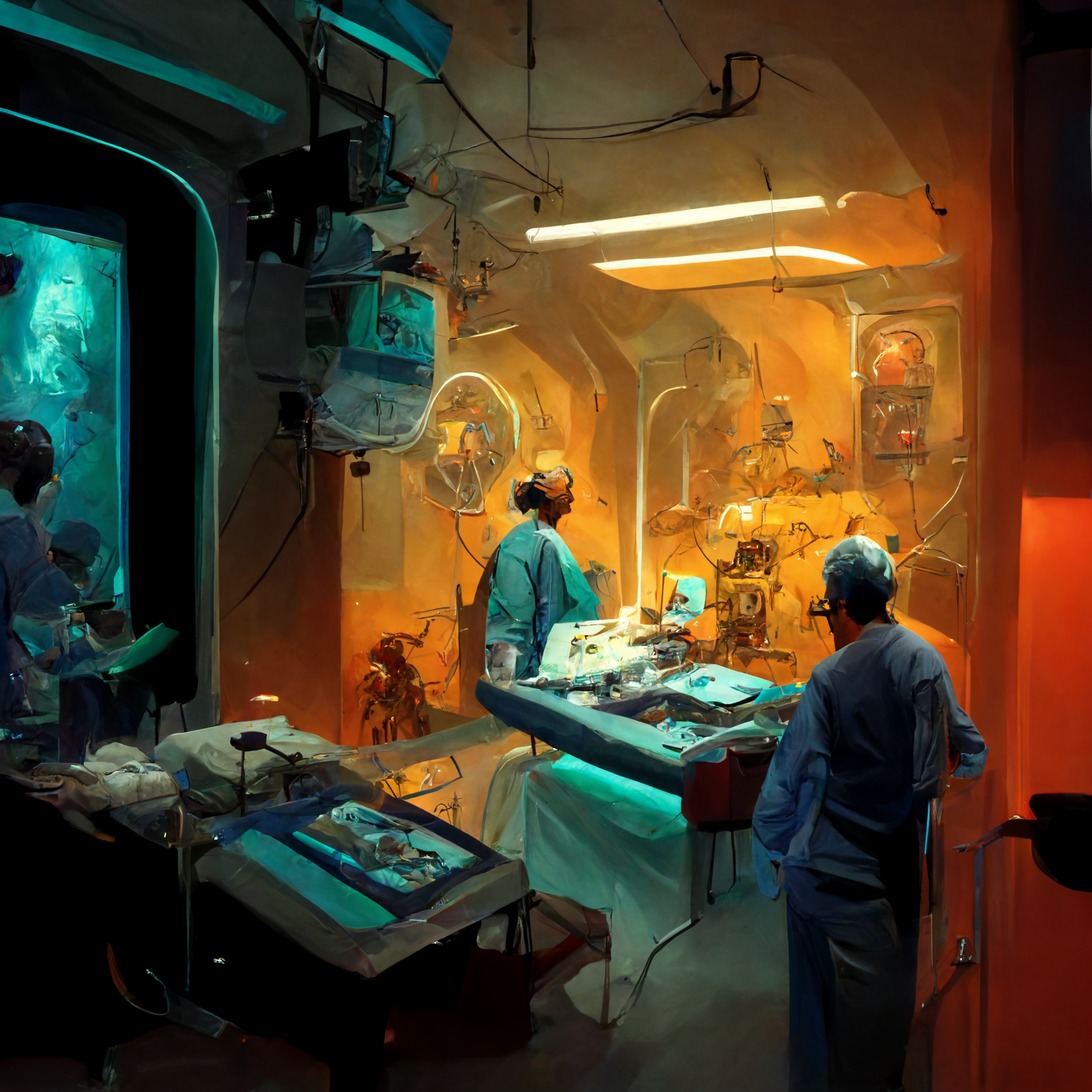
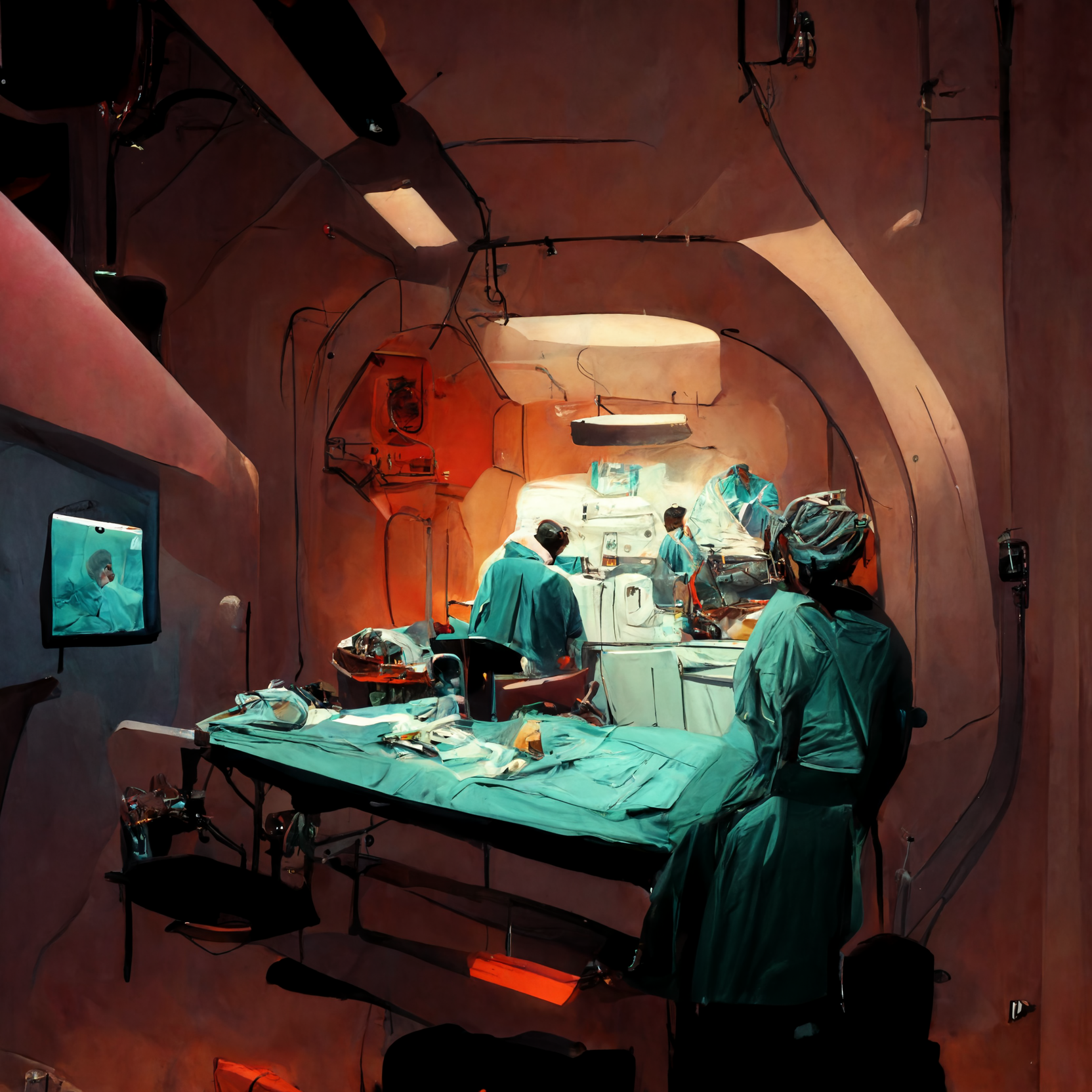
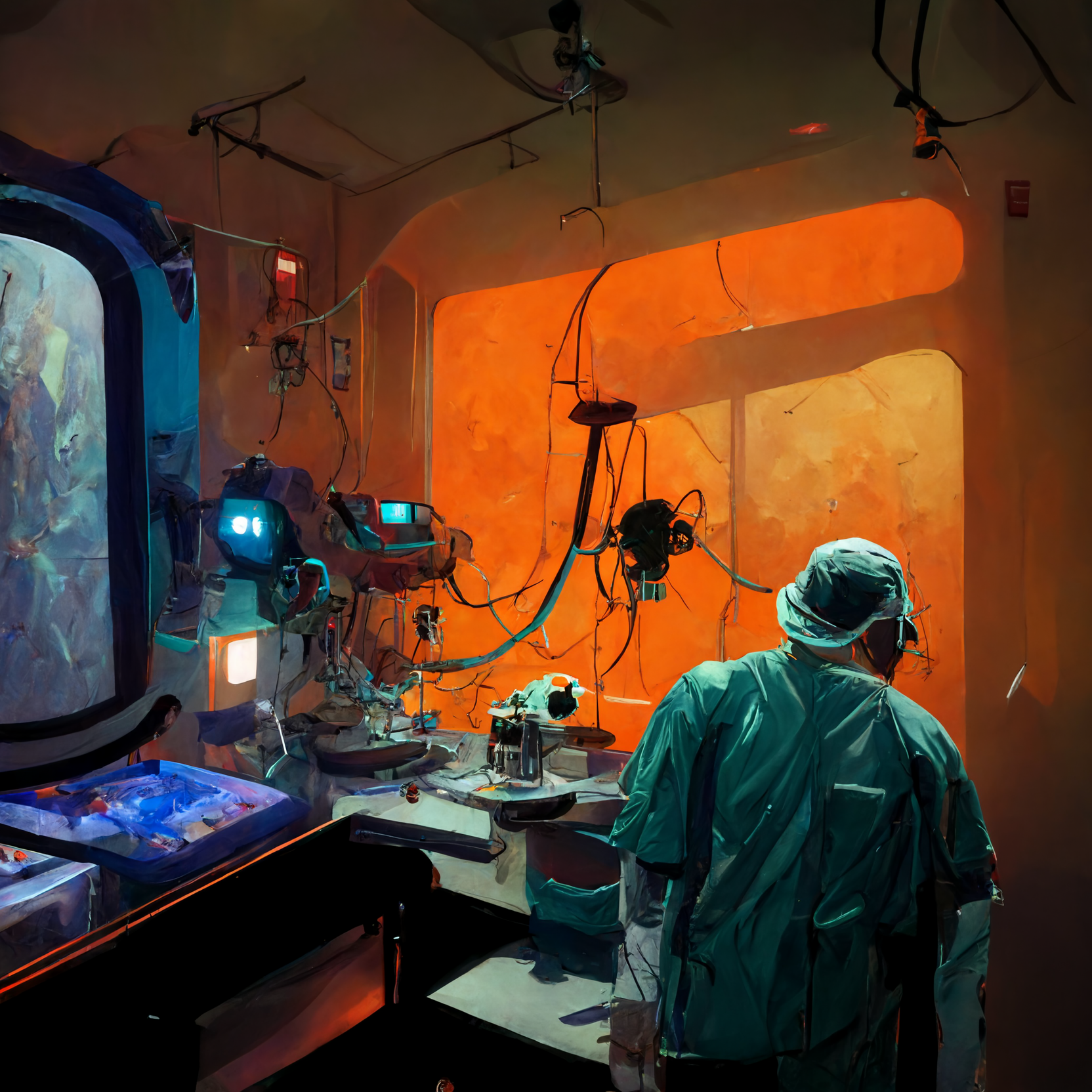



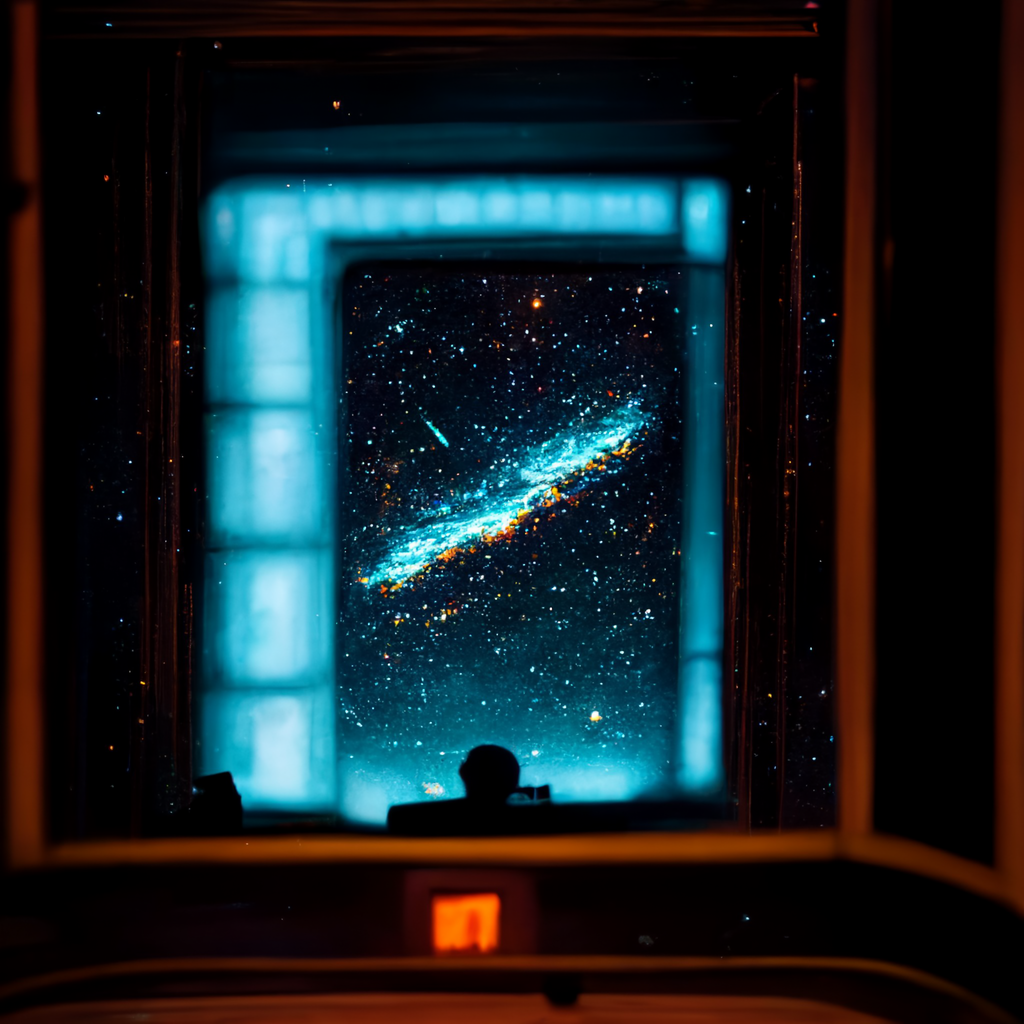

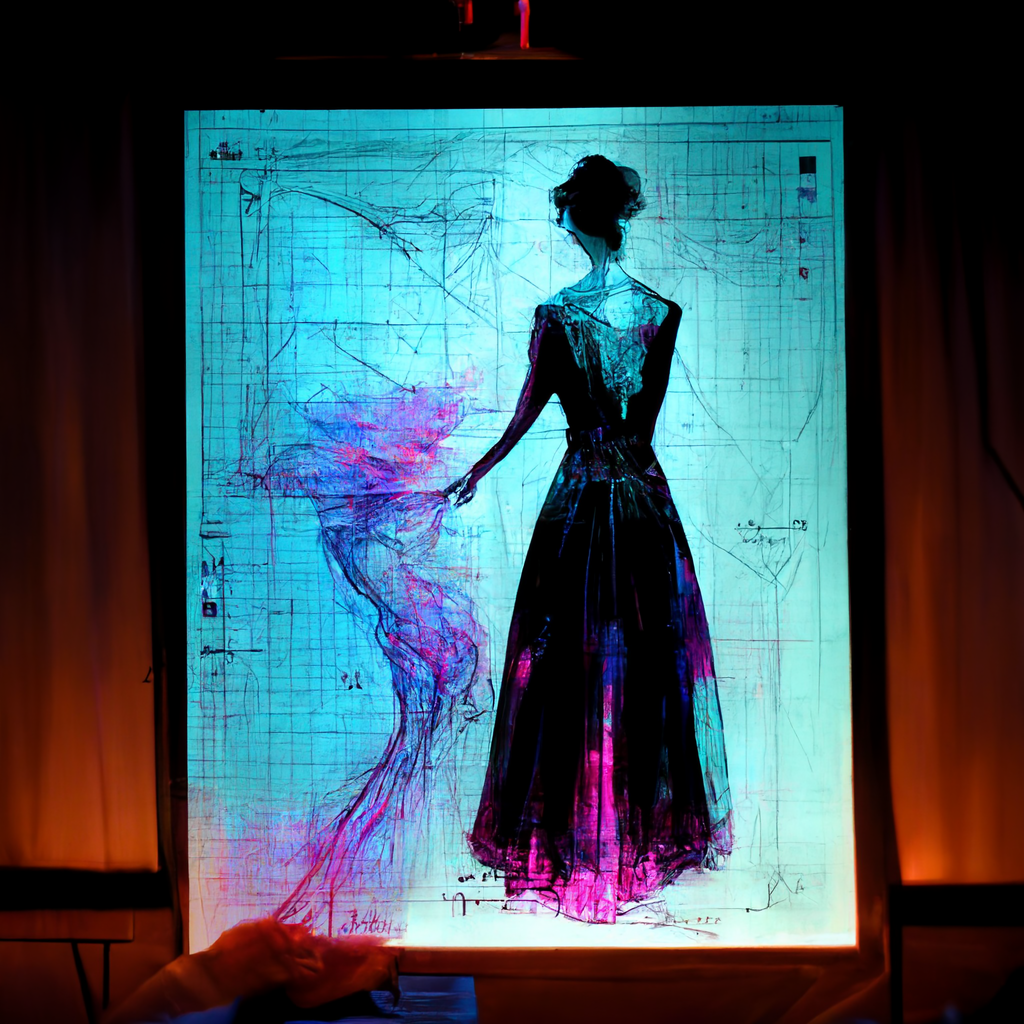
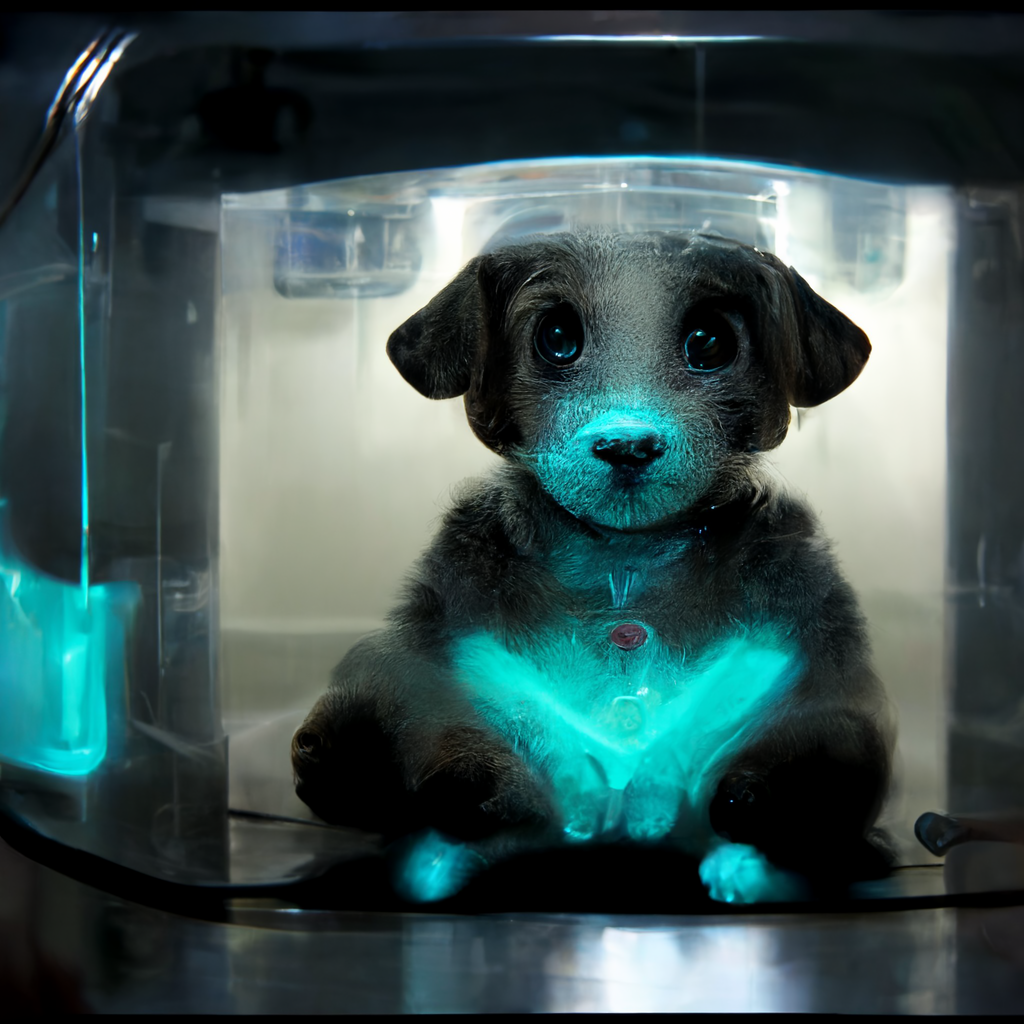


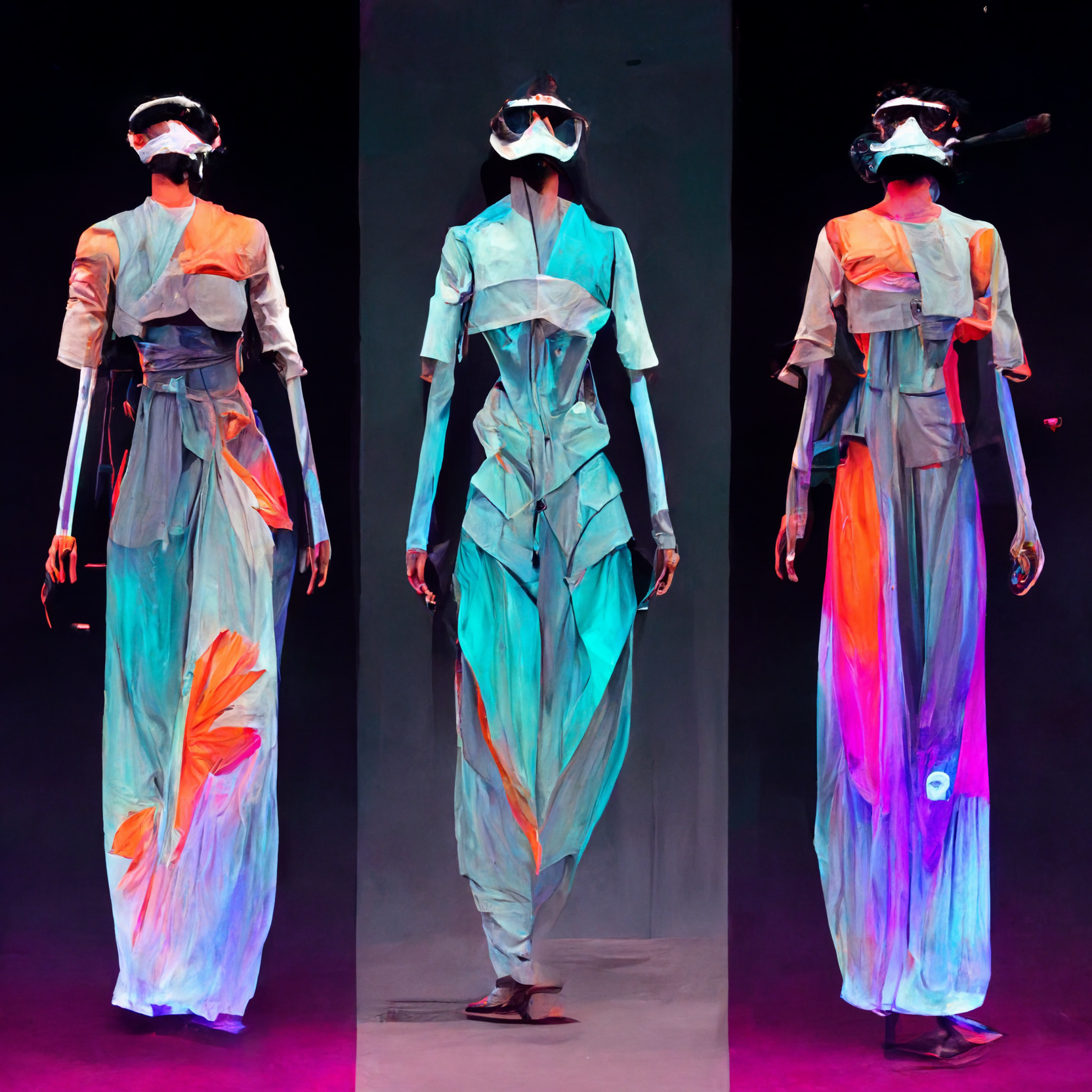
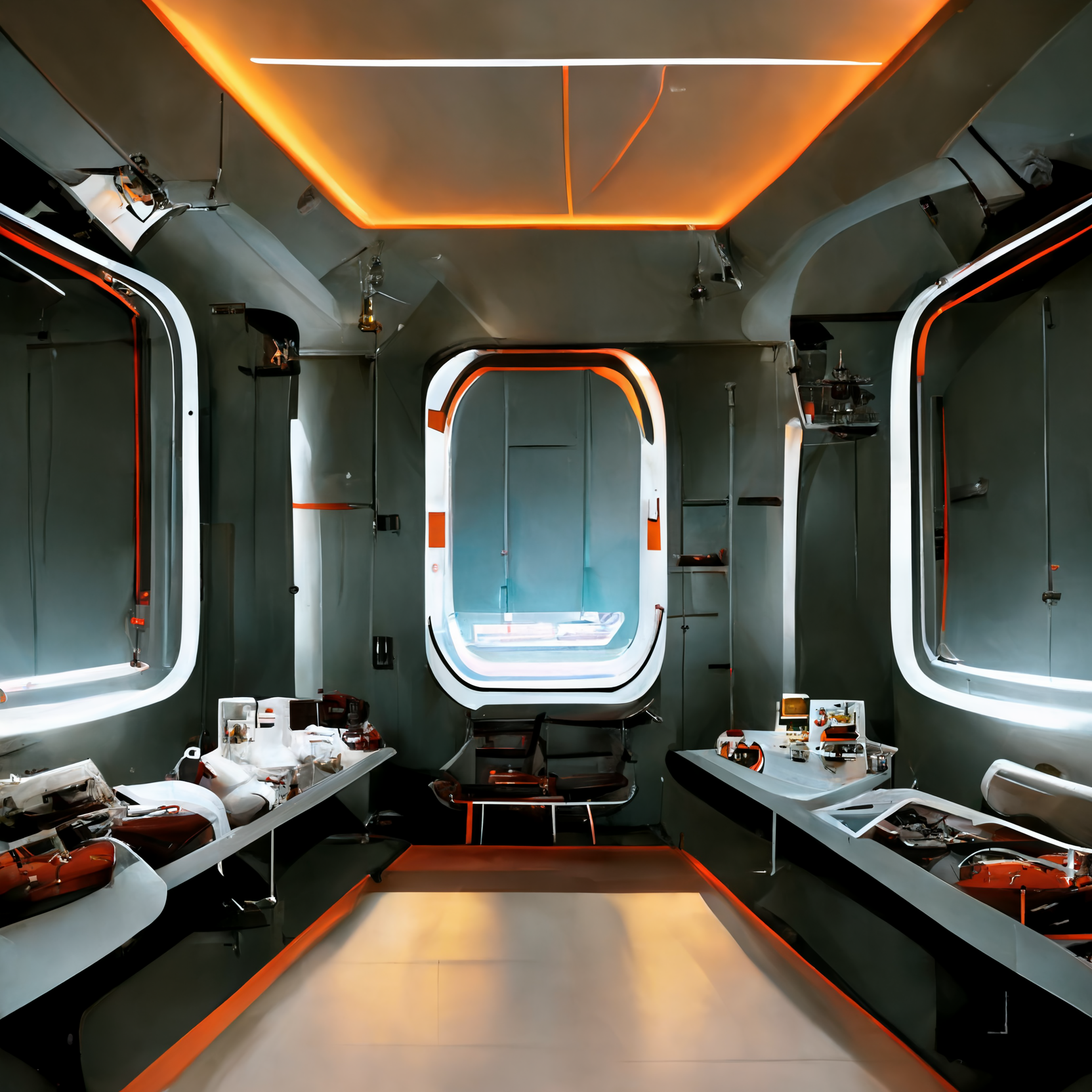
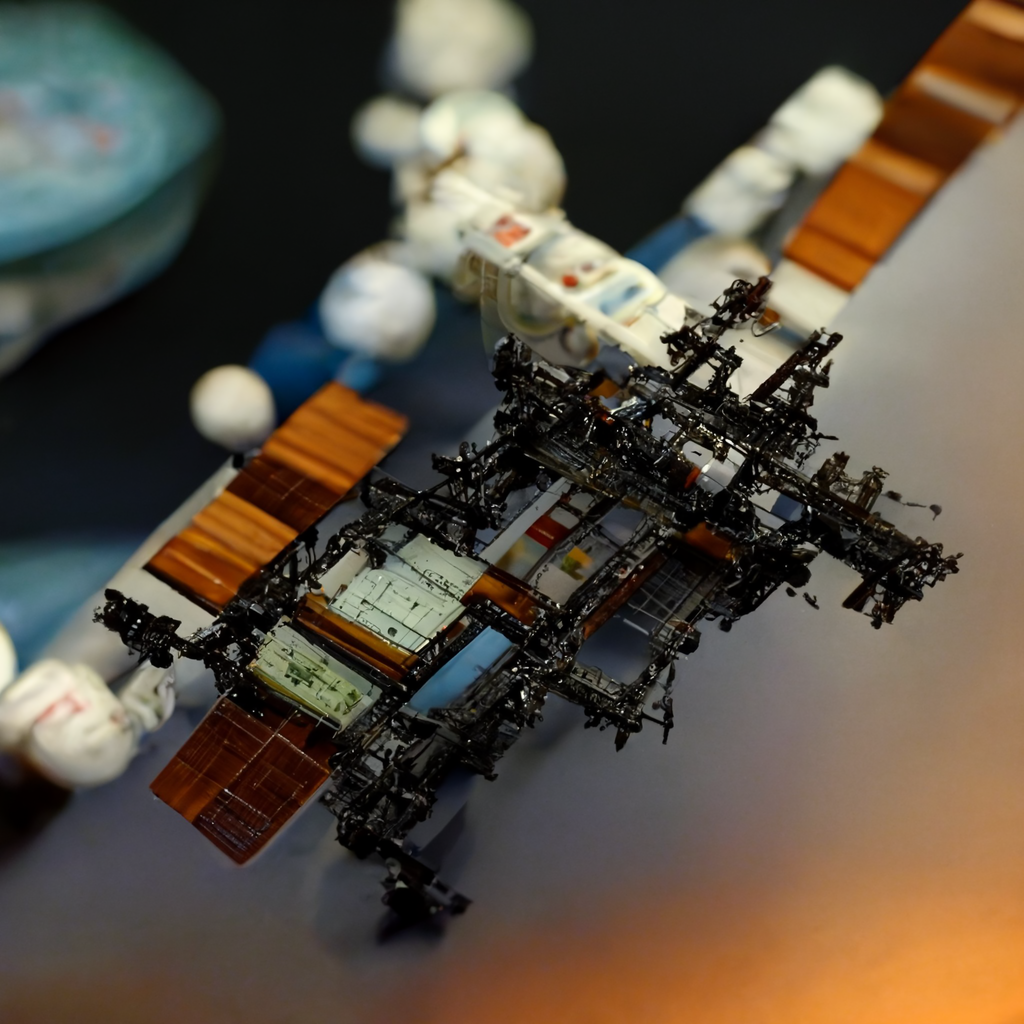





Astronaut with space station design
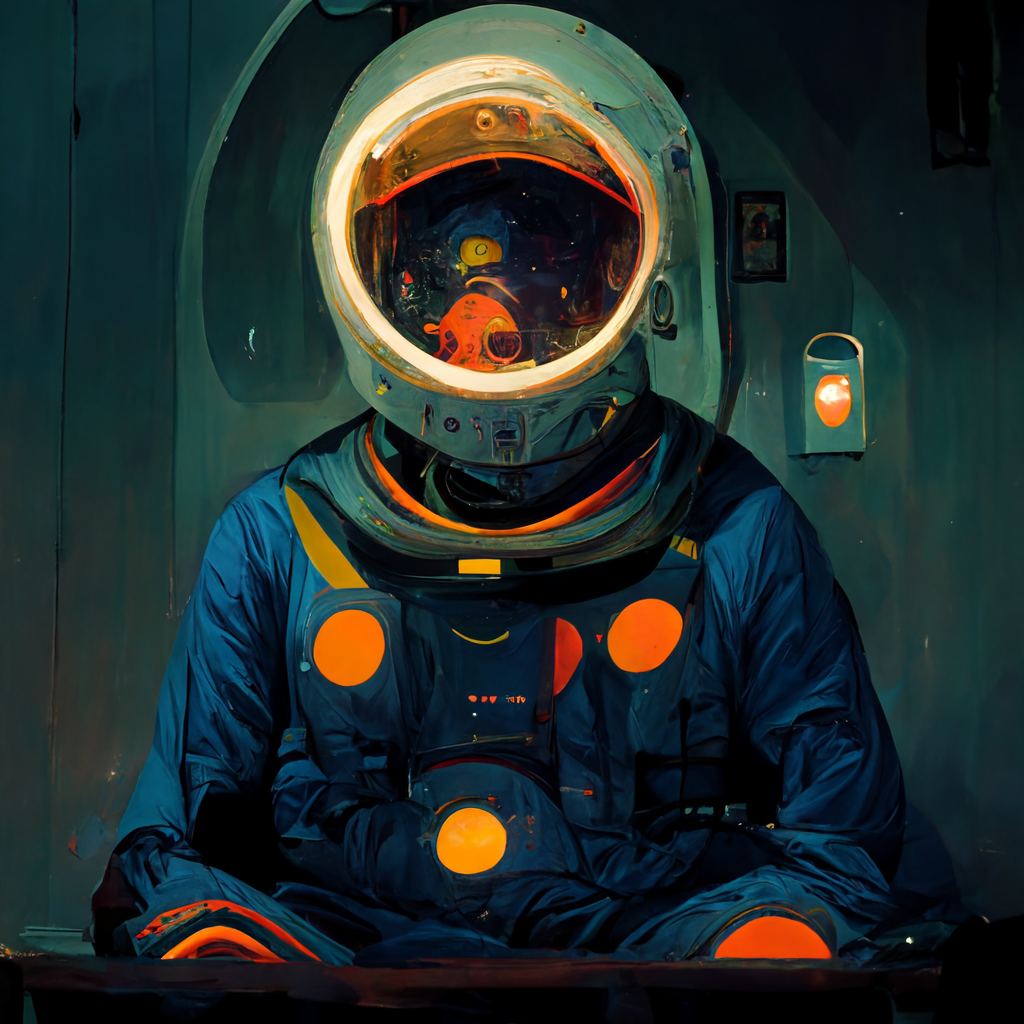
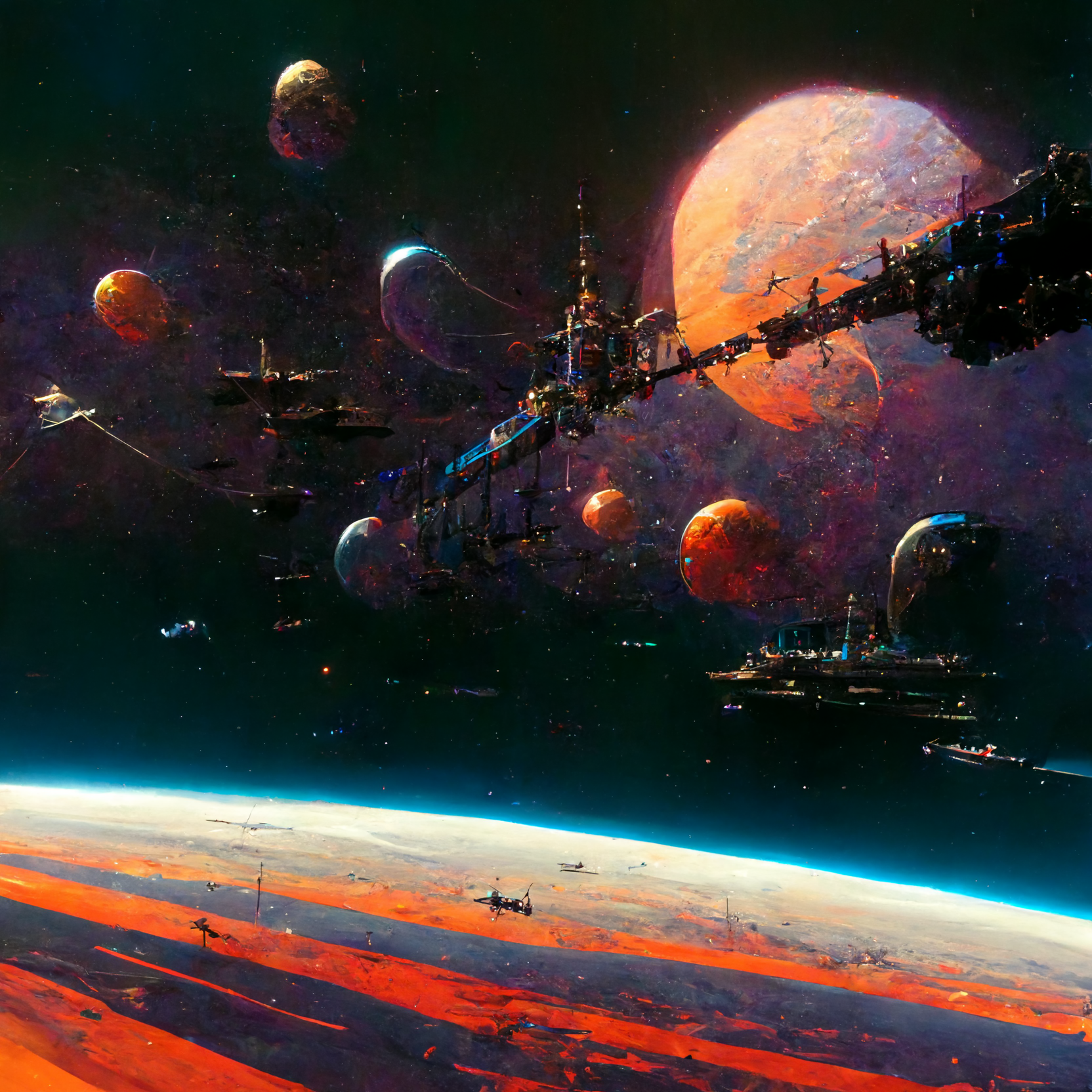




The movie Interstellar ignited my passion for the cosmos, which sparked my curiosity about celestial objects such as solar systems, galaxies, stars, and planets. The film showcased how astronomers engage in scientific experiments to validate theories and unravel the mysteries of matter and various forms of energy. The mission of an astronomer is to explain the origins of the universe, the life cycle of the sun, black holes, and other phenomena, requiring extensive knowledge in fields such as theoretical astronomy, solar astronomy, planetary astronomy, stellar astronomy, and galactic cosmology.
Astronomers conduct their work in laboratories or control centers, using telescopes and other space-viewing instruments to analyze data. They also collaborate with mathematicians and physicists to develop cutting-edge technology and further our understanding of the universe and its heavenly bodies. For me, astronomy is an alluring career path that offers the chance to delve into the mysteries of the universe, tackle complex theoretical problems, and engage in academic pursuits that broaden our knowledge and understanding of the universe we inhabit.
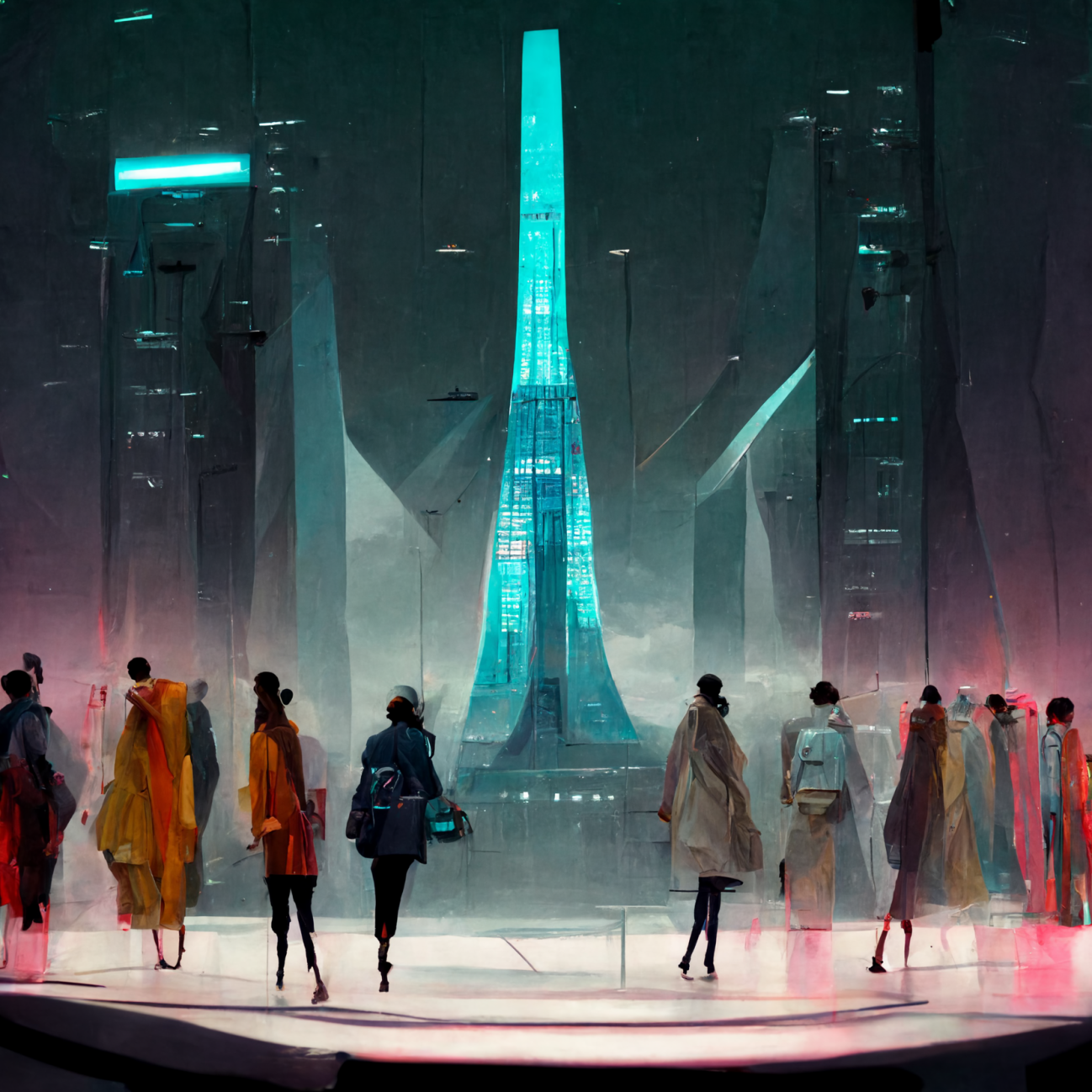
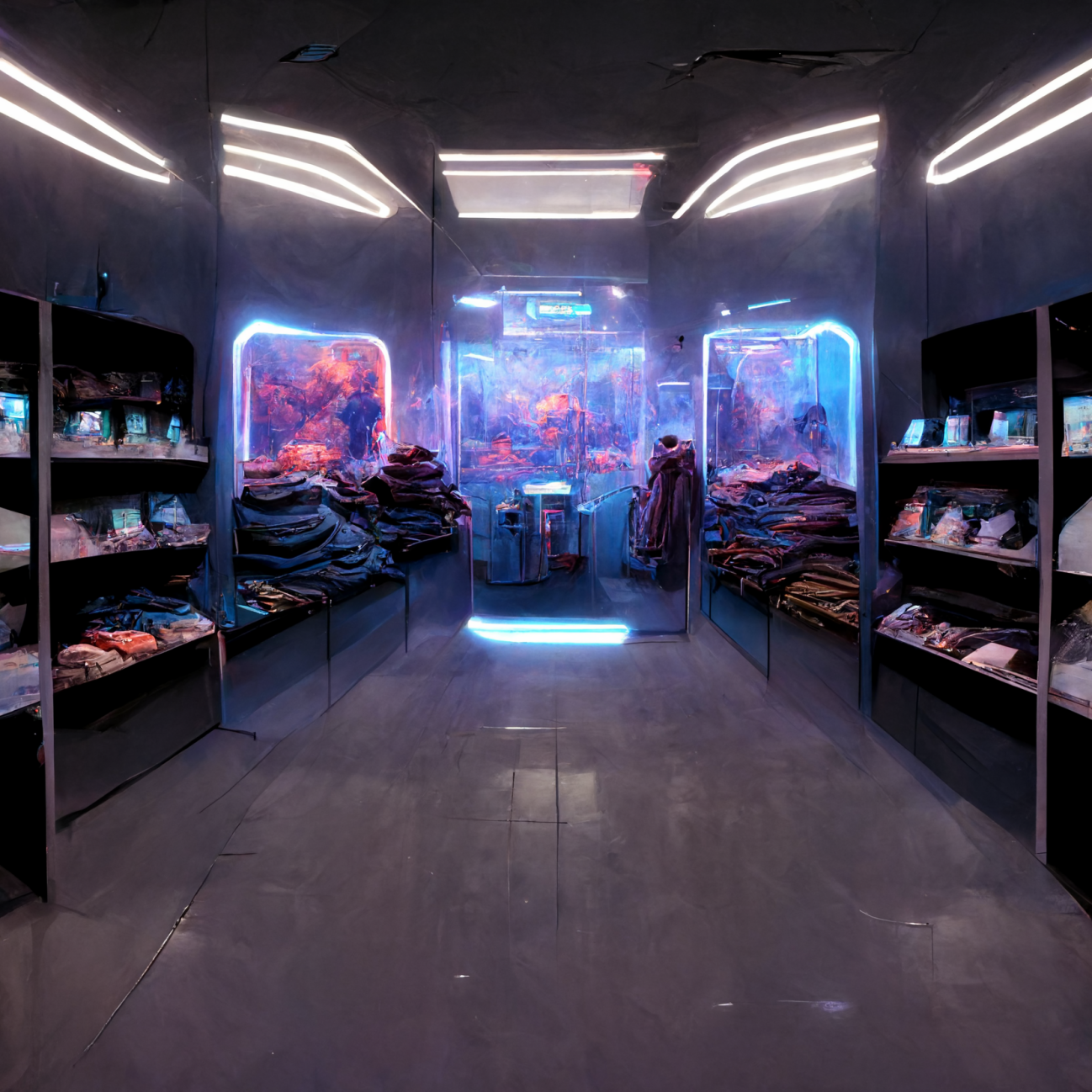

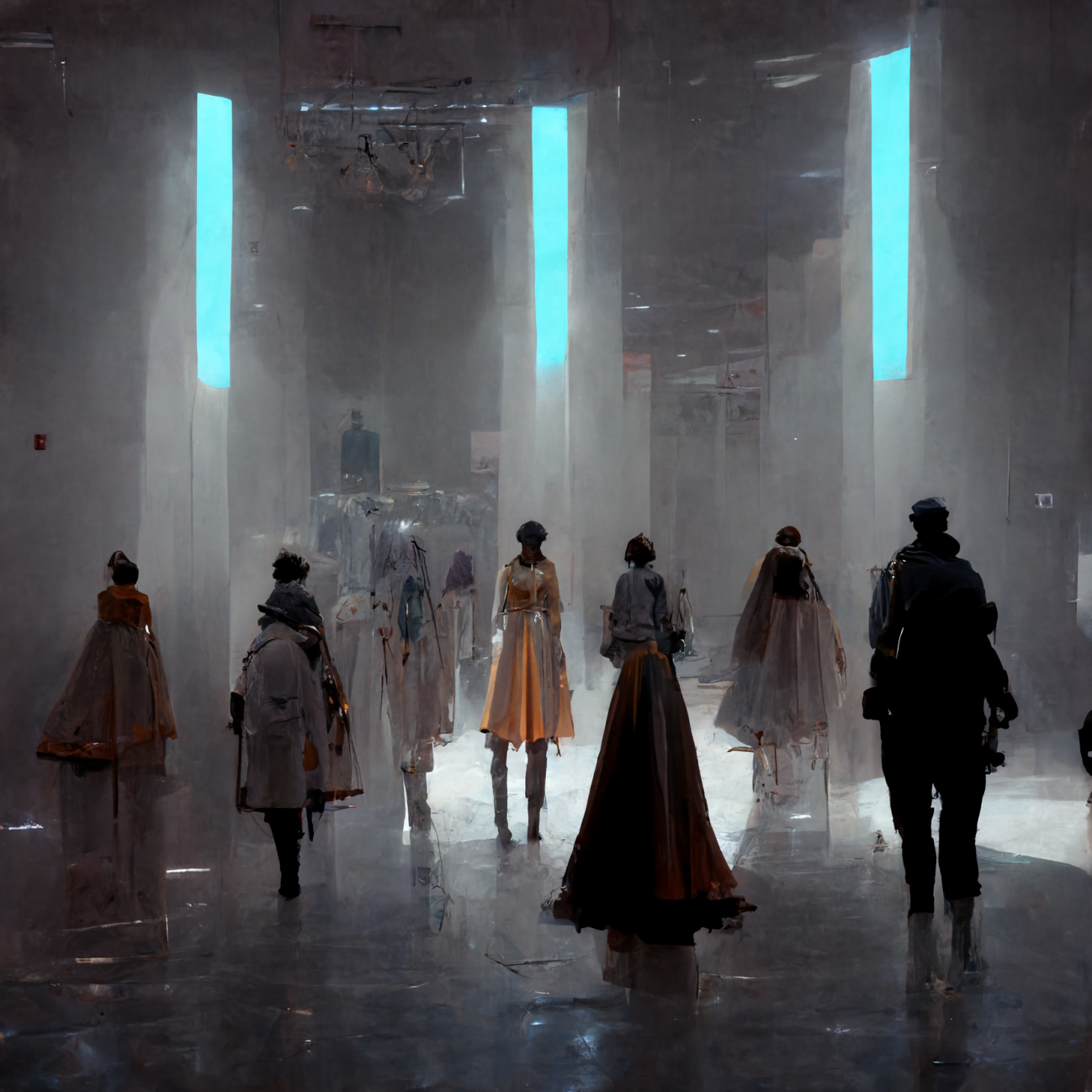

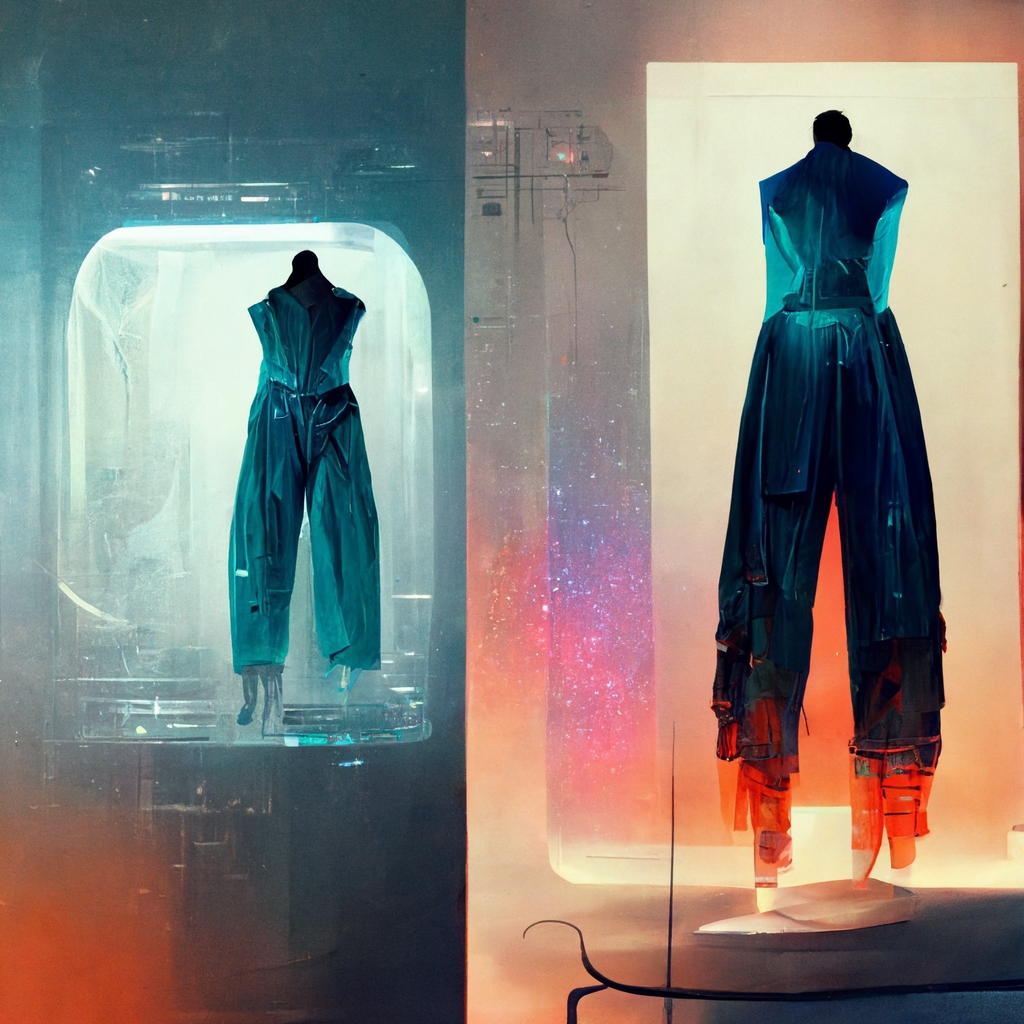
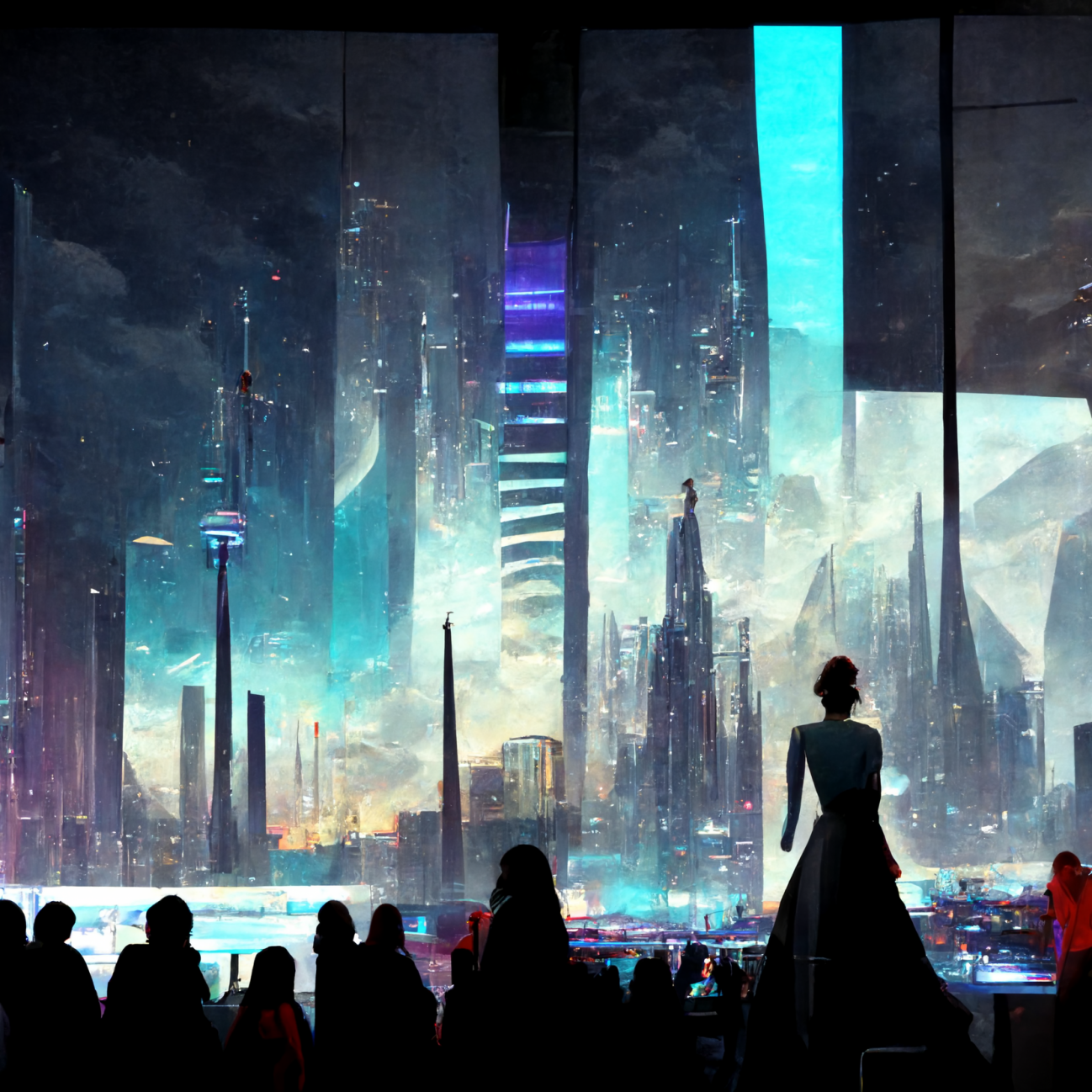
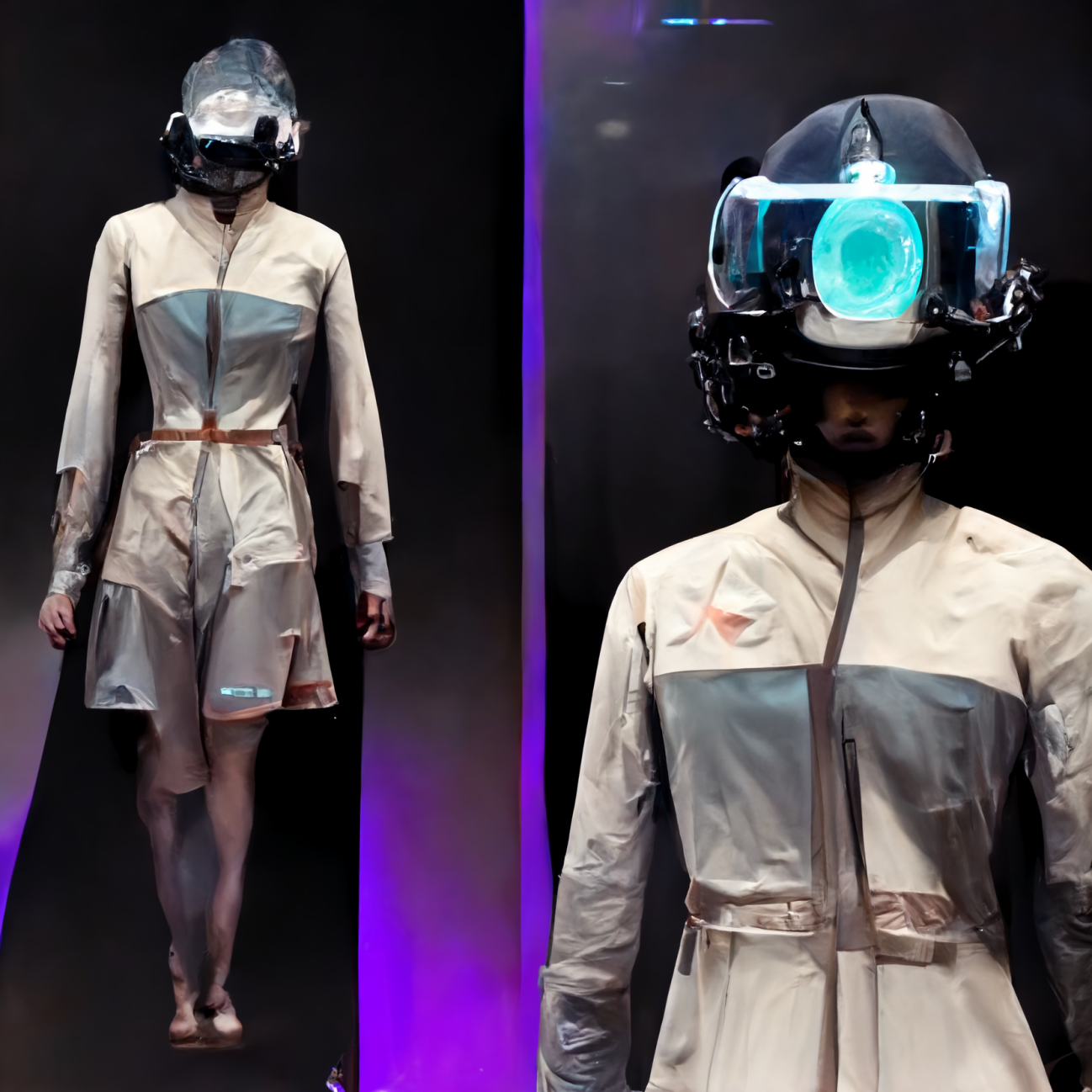

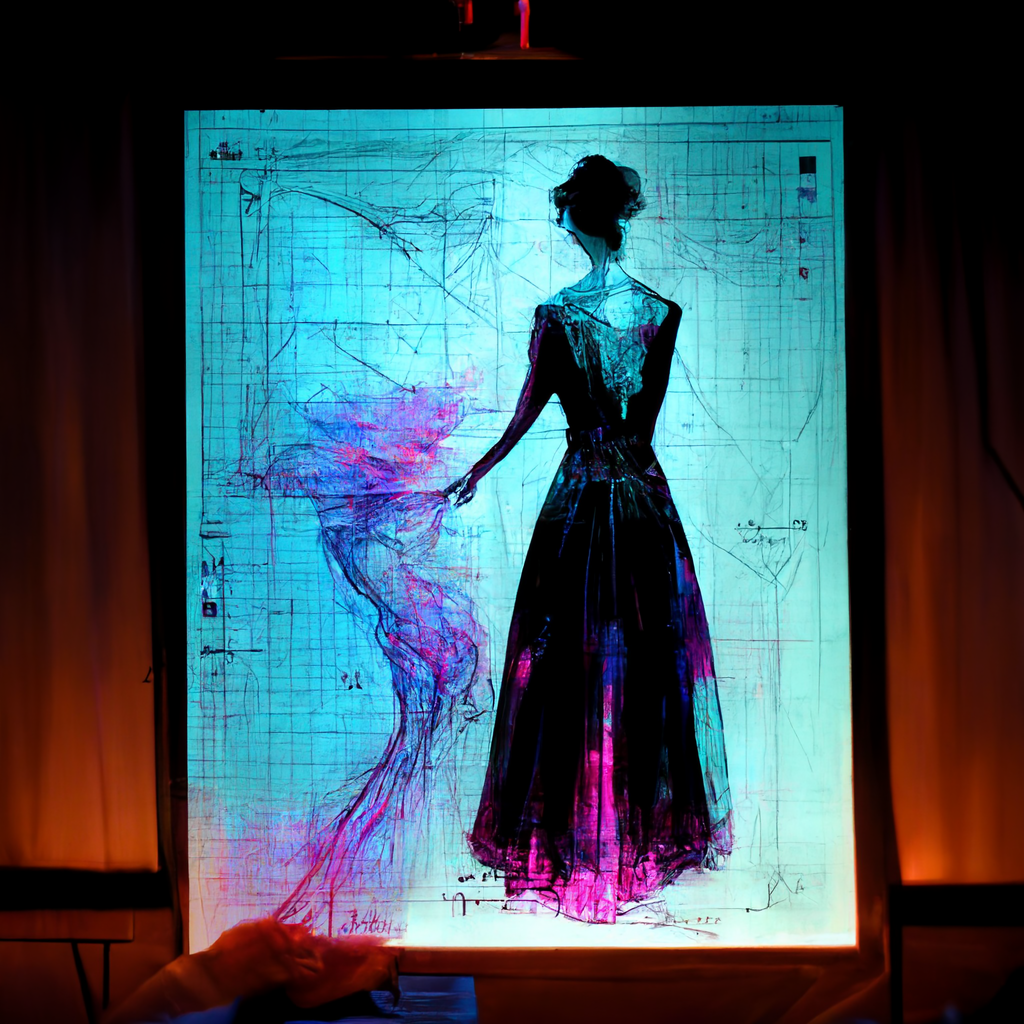

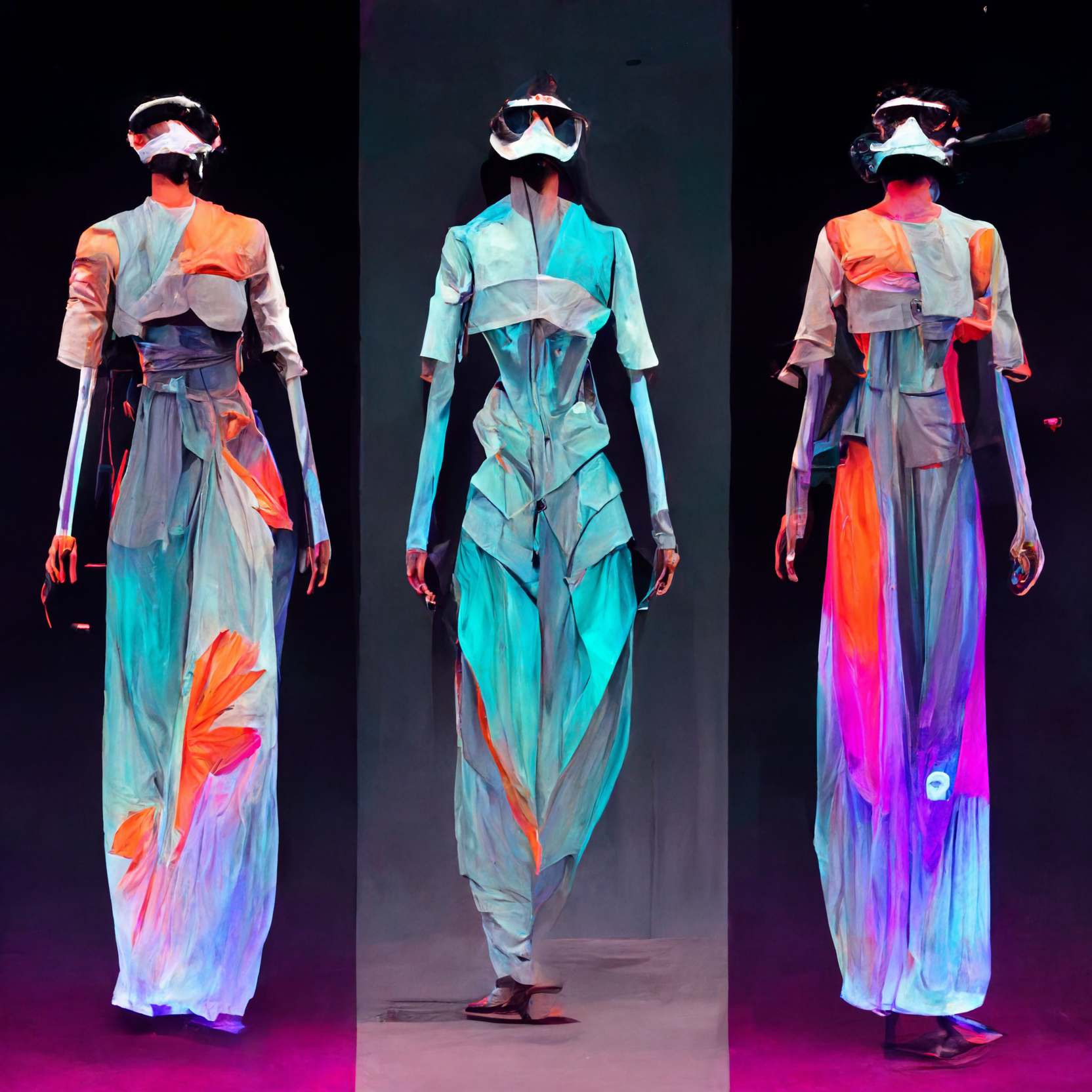
Worker in the Fashion show
The craft of a fashion designer goes beyond creating products, footwear, and accessories that follow current styles and trends. They also require a sharp sense of cultural inclinations and a willingness to be influenced by a diverse range of sources. As an observer, documenters, and forecasters, they scour the fashion landscape for emerging trends and patterns.
Through a meticulous process, fashion designers envision every detail from start to finish, editing contemporary clothing and accessory lines and carefully selecting fabrics and trims for upcoming designs. This allows for the emergence of new possibilities and broadening industry standards, shaping new realities. To excel as a runway designer, a deep understanding of design principles is crucial, applied to create visually appealing and functional pieces for the show. Whether working independently or for an apparel company, fashion designers create various clothing and accessory designs that appeal to consumers, driving the industry forward with innovative approaches.
Veterinarian
Looking forward to the future of veterinary medicine, it is apparent that an increased focus on animal consciousness will shape the industry. Alongside the emergence of AR/VR systems, artificial intelligence is currently being developed and implemented to aid in diagnosis and pre-surgical preparation and training. These tools allow veterinarians to integrate standard diagnostic imaging data, like CT and MRI scans, to visualize patient-specific anatomy and pathology in 3D.
Immersive virtual environments permit veterinary surgeons to plan surgical approaches, rehearse specific procedures, or practice with particular medical devices before operating on live animals. While not all veterinarians can conduct entire surgeries by themselves, machine learning algorithms can assist doctors in calculating and predicting possible outcomes across different cases. With unlimited storage capacity, this technology provides a vast database that can streamline the entire operation process. Therefore, the future of veterinary medicine lies not in working alone but in collaboration with machines, robots, and artificial intelligence. This synergy between technology and veterinary professionals will create new possibilities for the industry and ensure the highest standards of animal welfare and care are maintained.

